General Manager Jason Licht meets with members of the media at the NFL Scouting Combine in Indianapolis - presented by Lazydays RV.
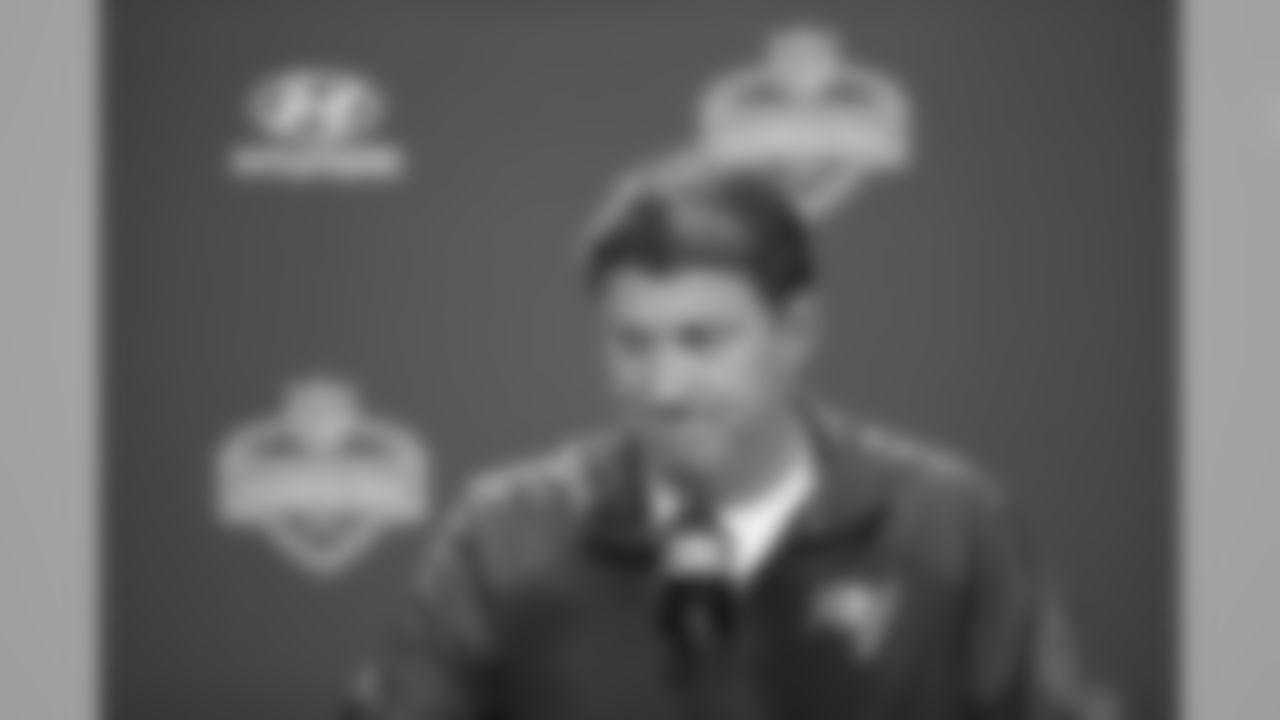


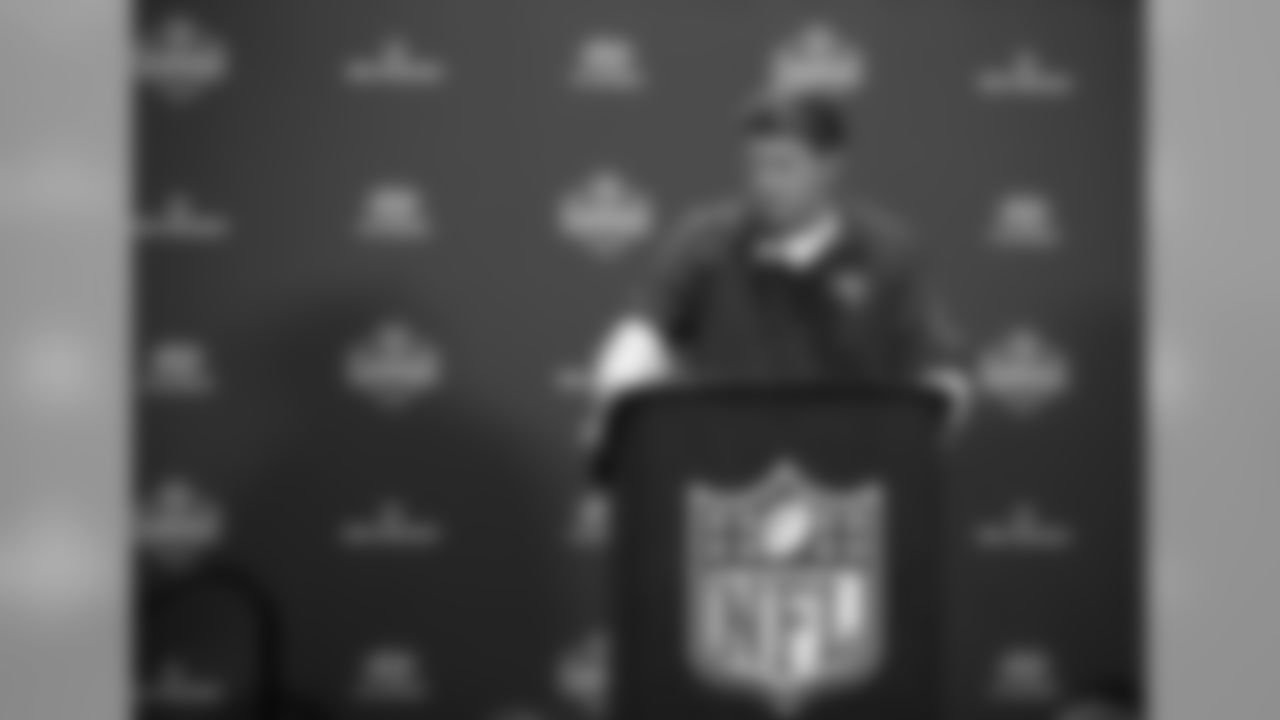
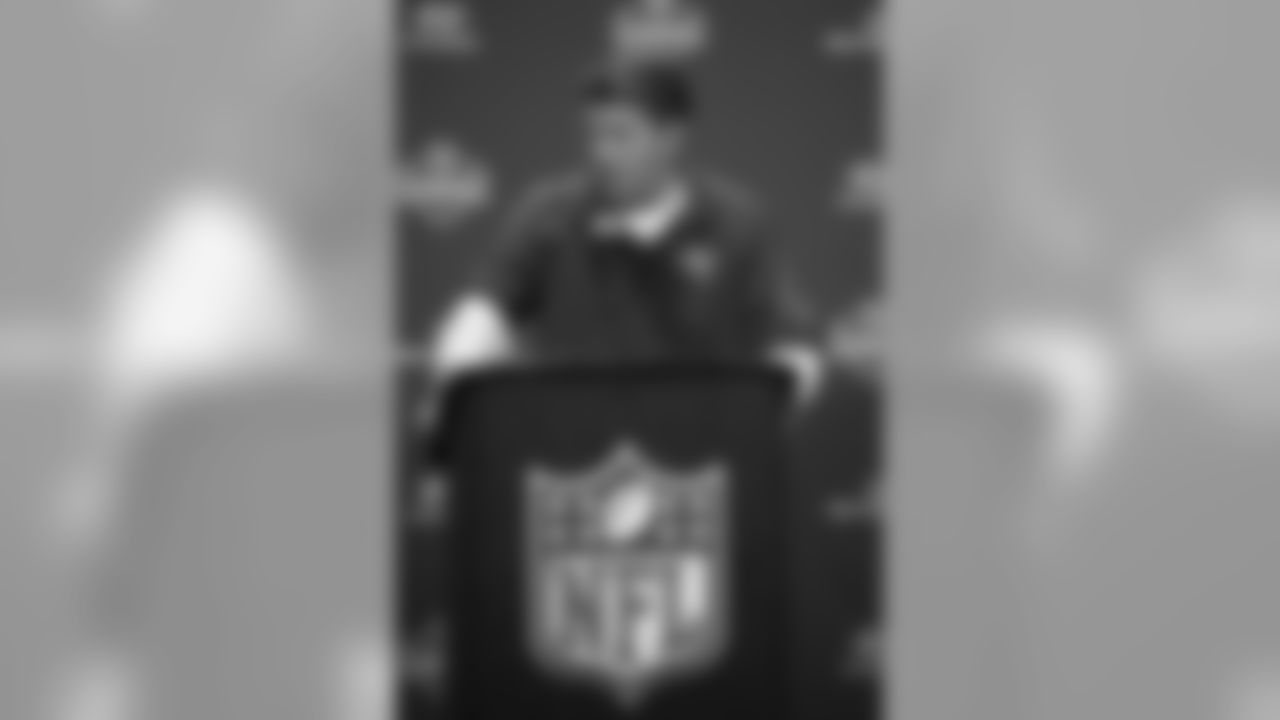
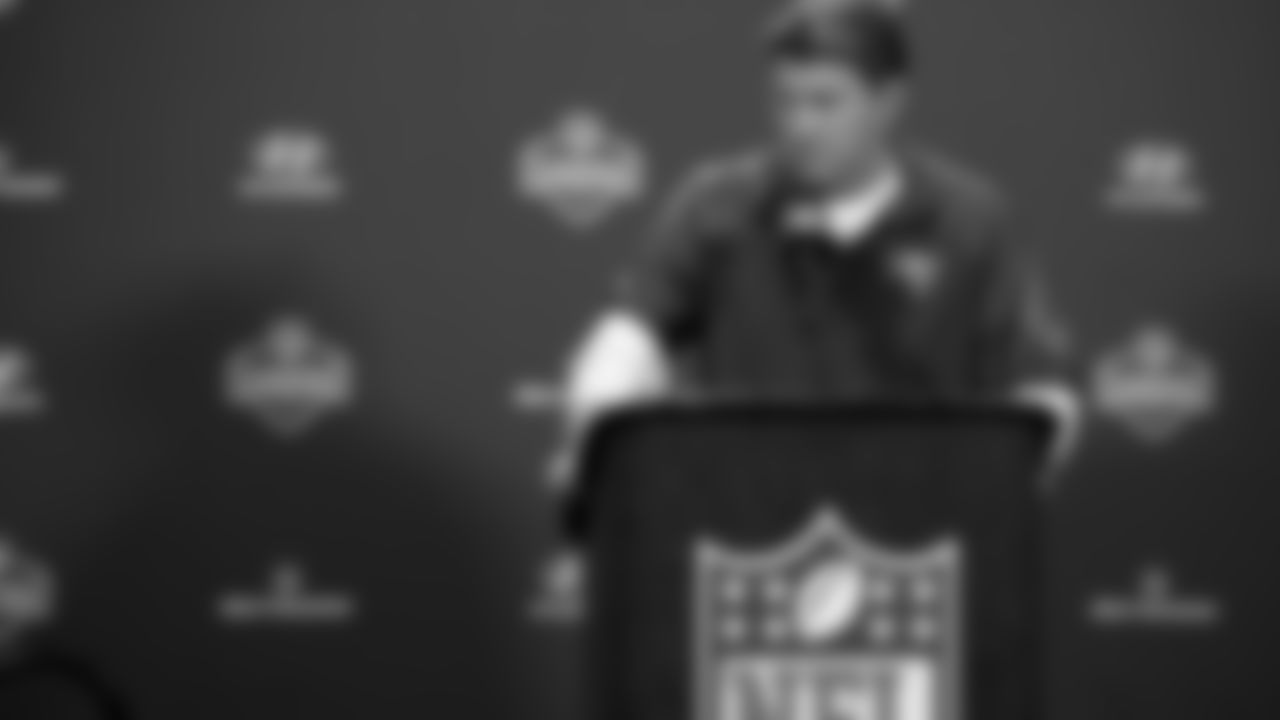
Last Friday, March 11, the Jason Licht, Dirk Koetter and the Tampa Bay Buccaneers went after two very specific targets. Their success in landing those targets may allow them to cast a much wider net on April 28, seven weeks later.
Licht and Koetter, respectively the Buccaneers general manager and head coach, had a plan to address the team's two biggest needs early in unrestricted free agency. They happened to hit both goals within a couple hours of each other on the third day of the open market, signing cornerback Brent Grimes and defensive end Robert Ayers.
The top 50 prospects in the 2016 NFL Draft class according to NFL Media analyst, Daniel Jeremiah.
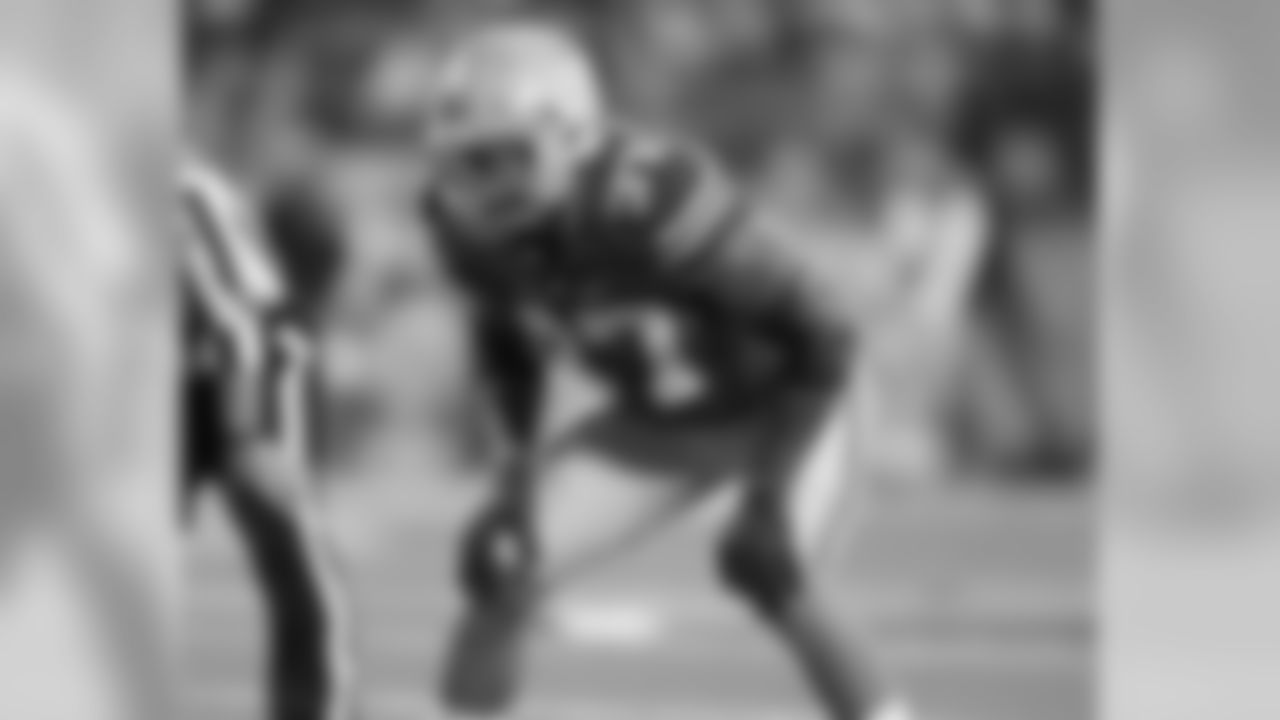
- LB - Josh Perry, Ohio State
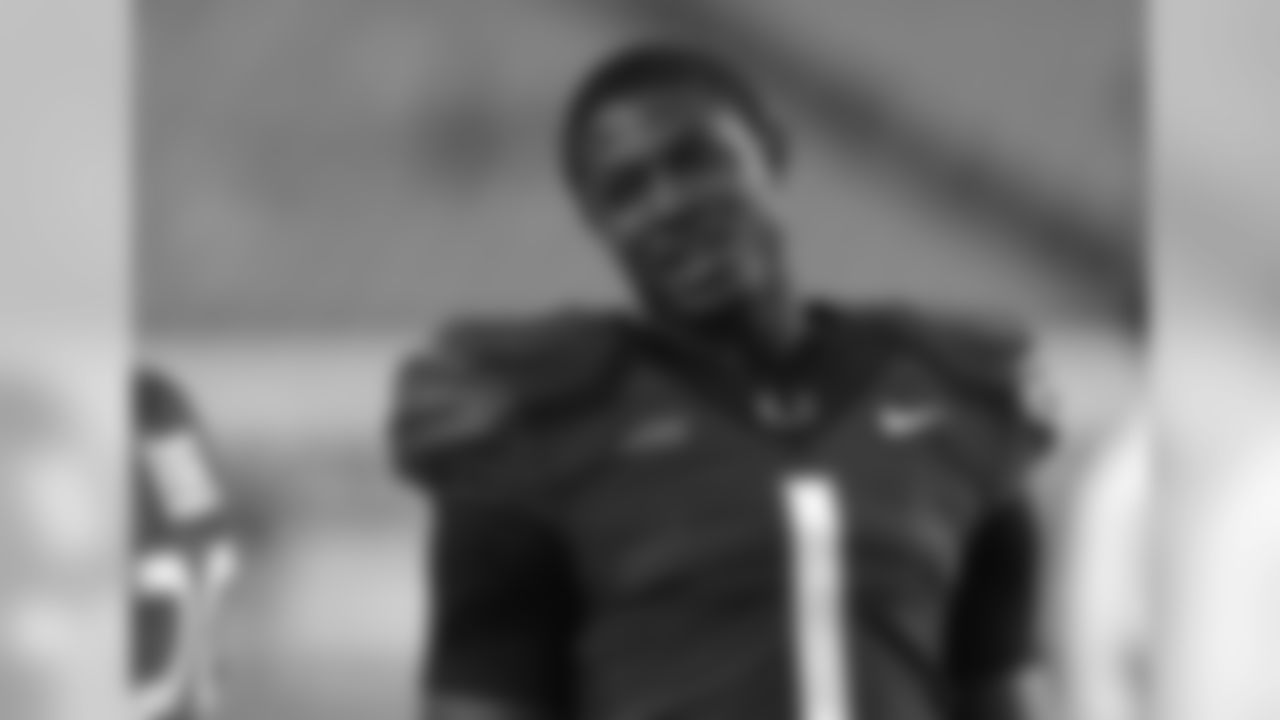
- CB - Artie Burns, Miami (Fla.)
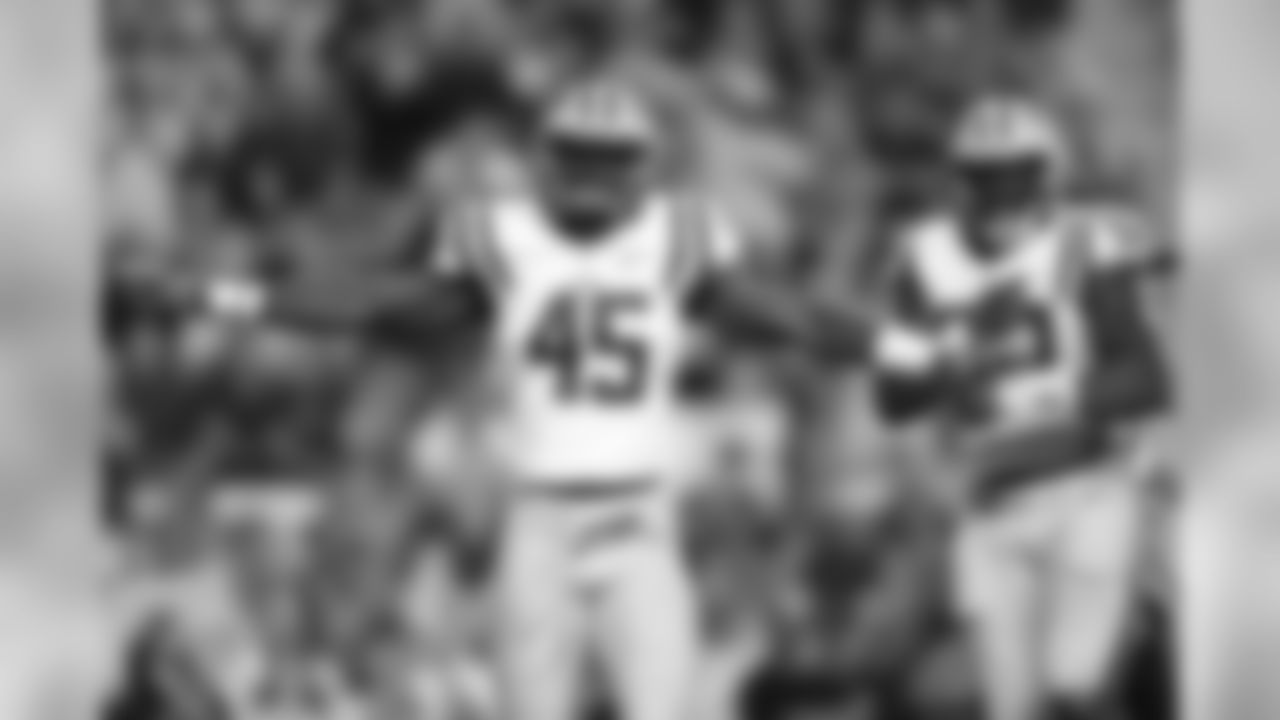
- LB - Deion Jones, LSU
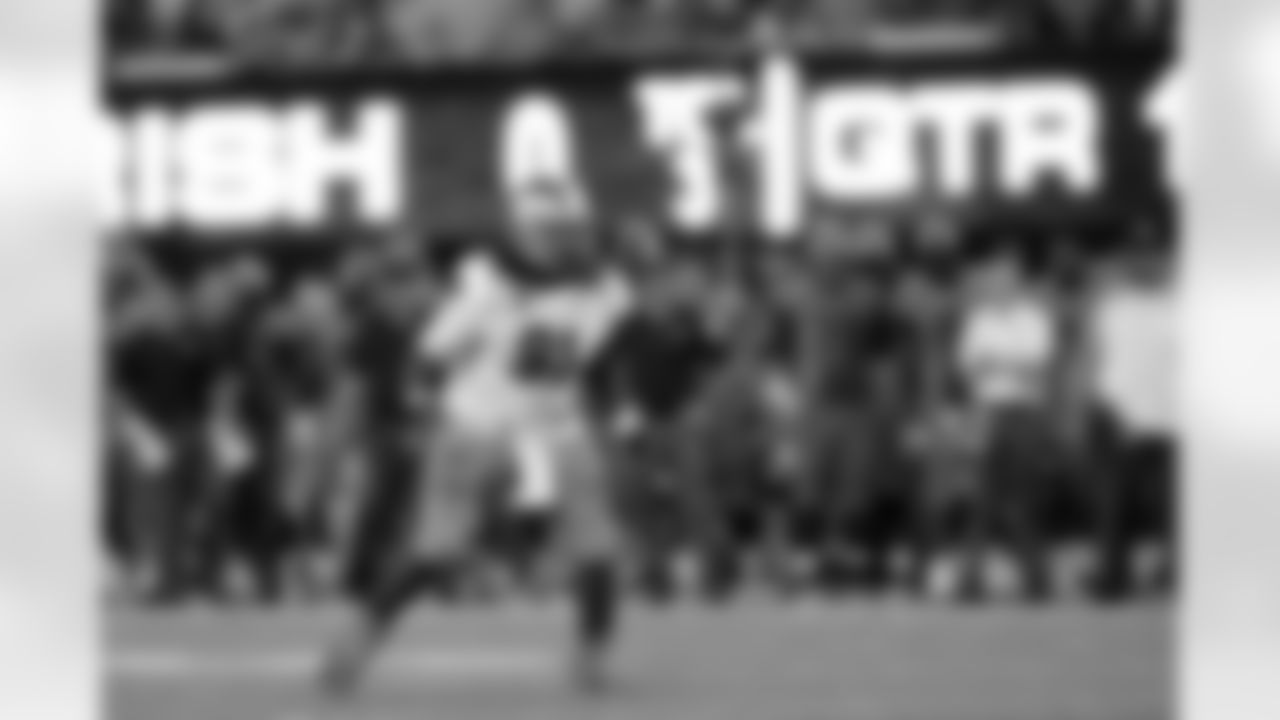
- DT - Sheldon Day, Notre Dame
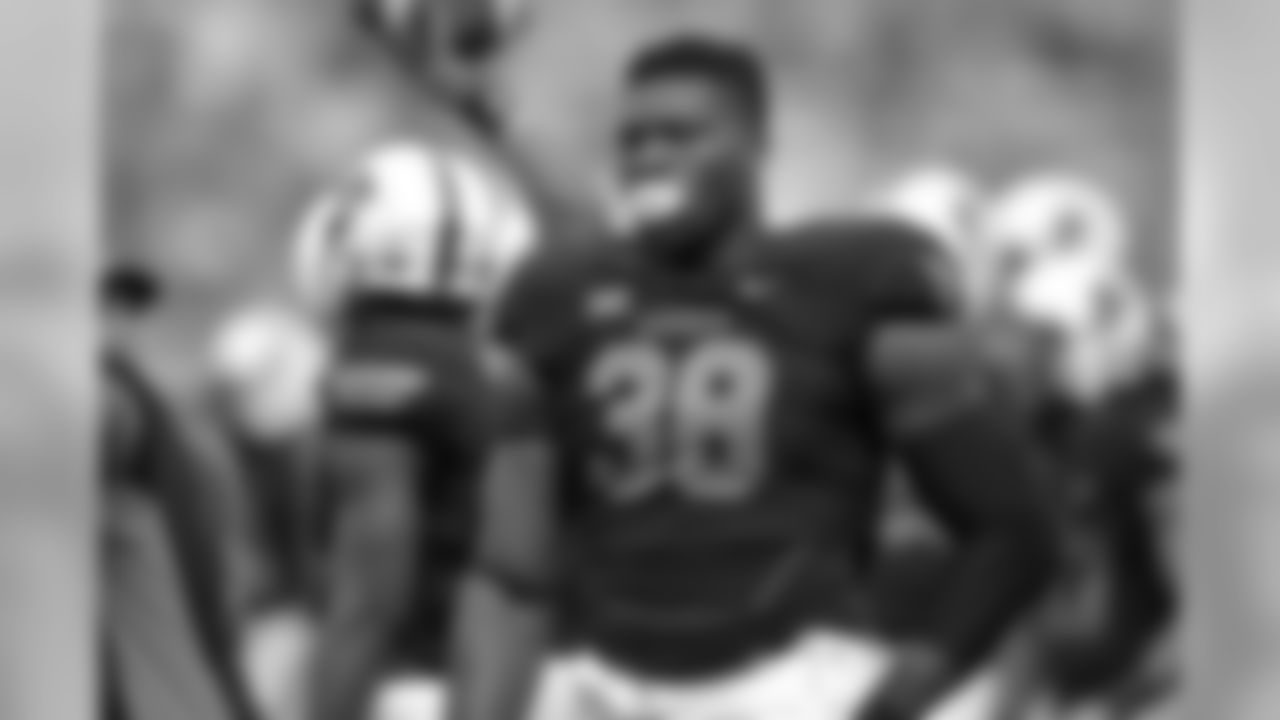
- DE - Emmanuel Ogbah, Oklahoma
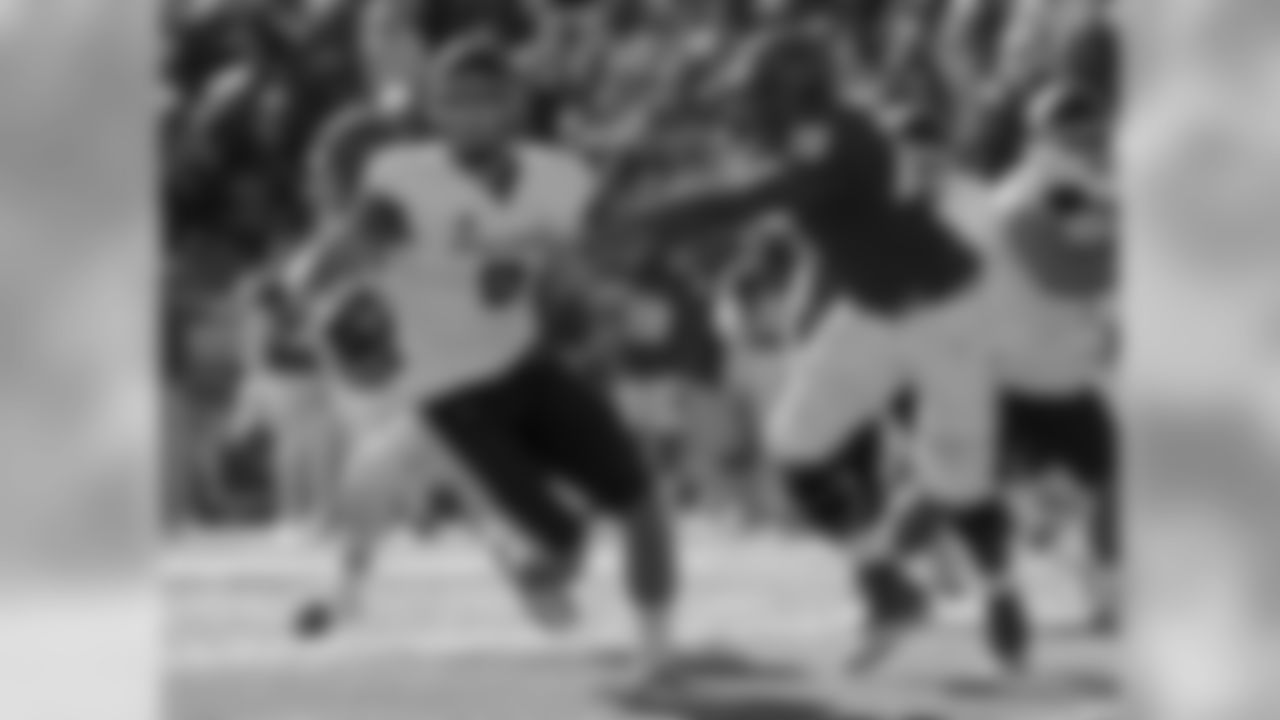
- LB - Kyler Fackrell, Utah State
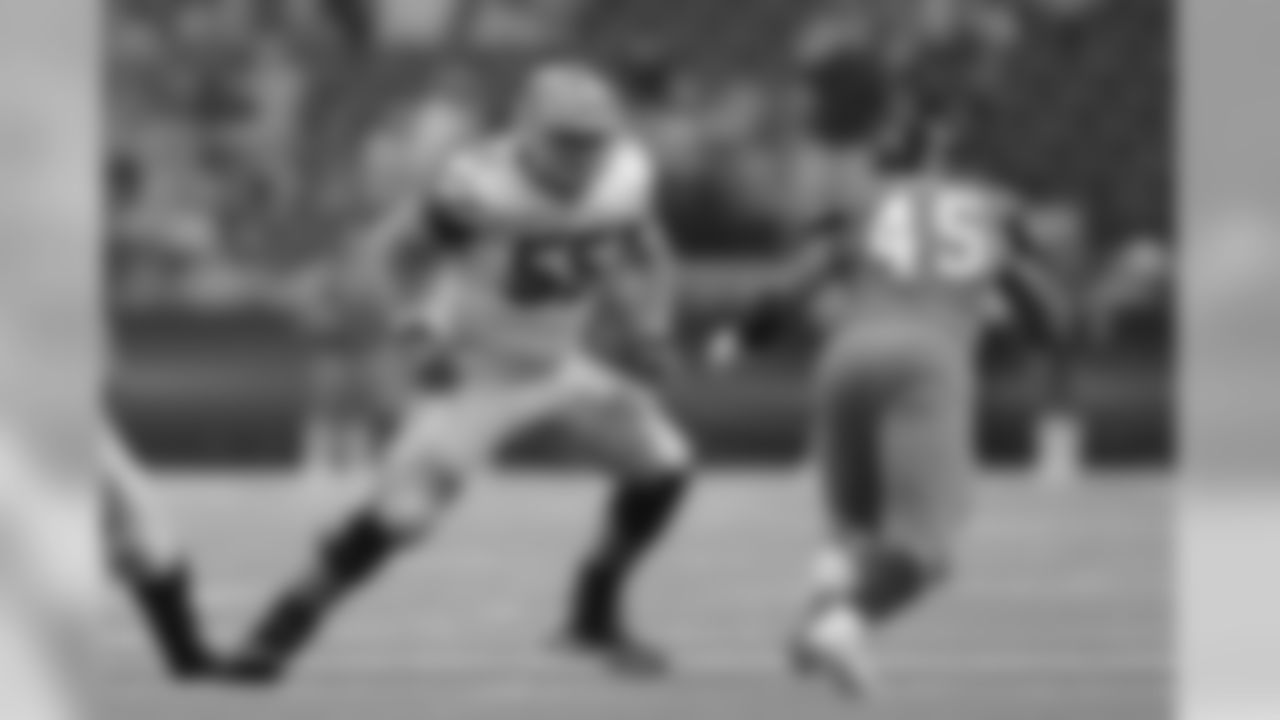
- OG - Cody Whitehair,Kansas State
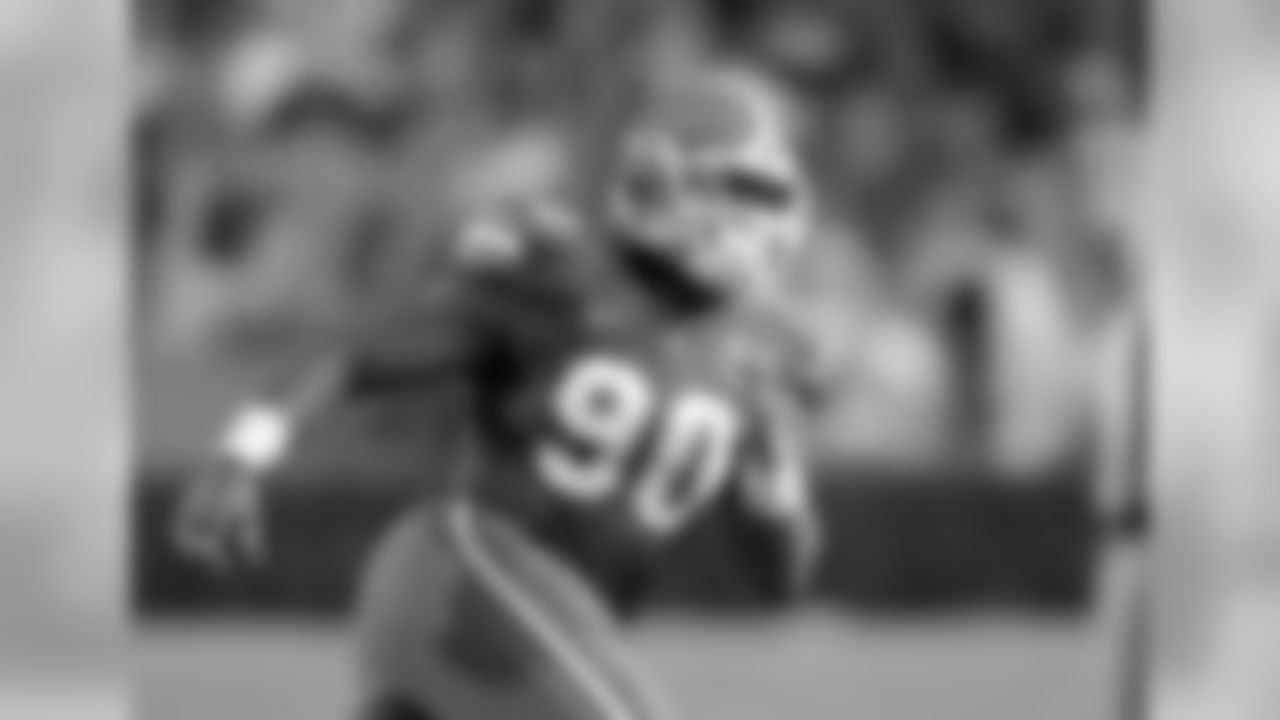
- DT - Jonathan Bullard, Florida

- DT - Austin Johnson, Penn State
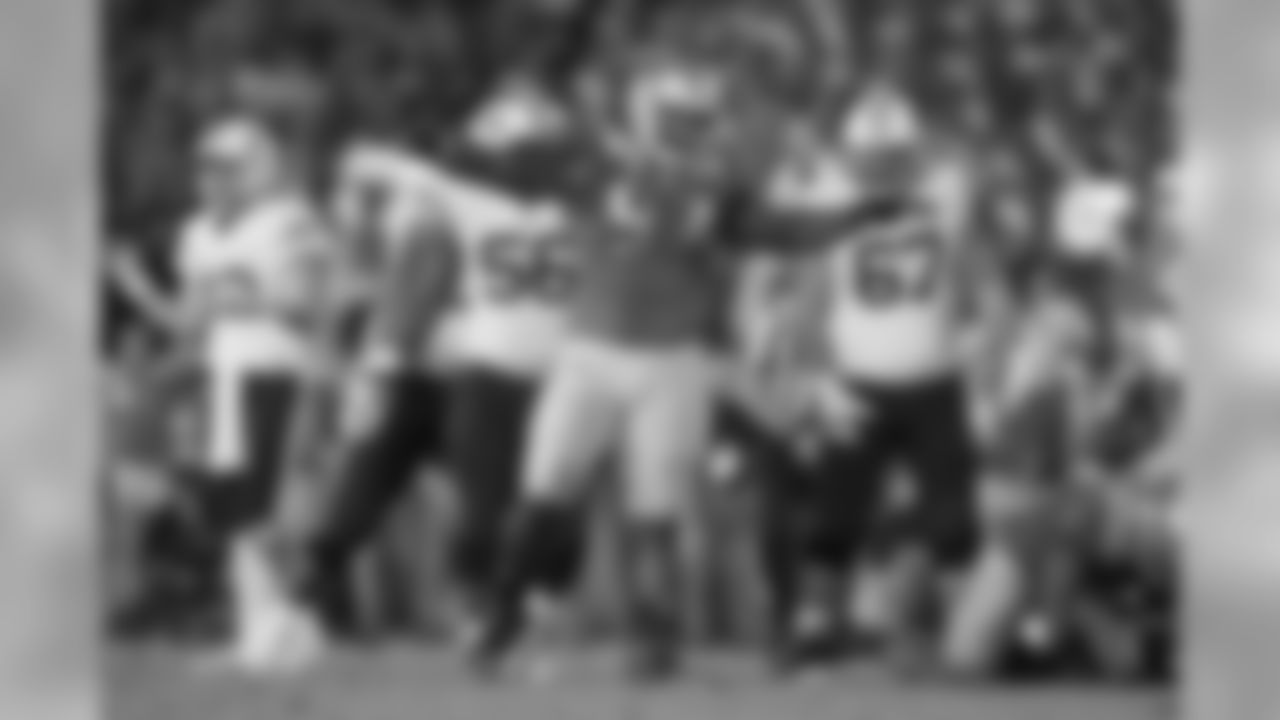
- DT - Kenny Clark, UCLA

- S - Vonn Bell, Ohio State
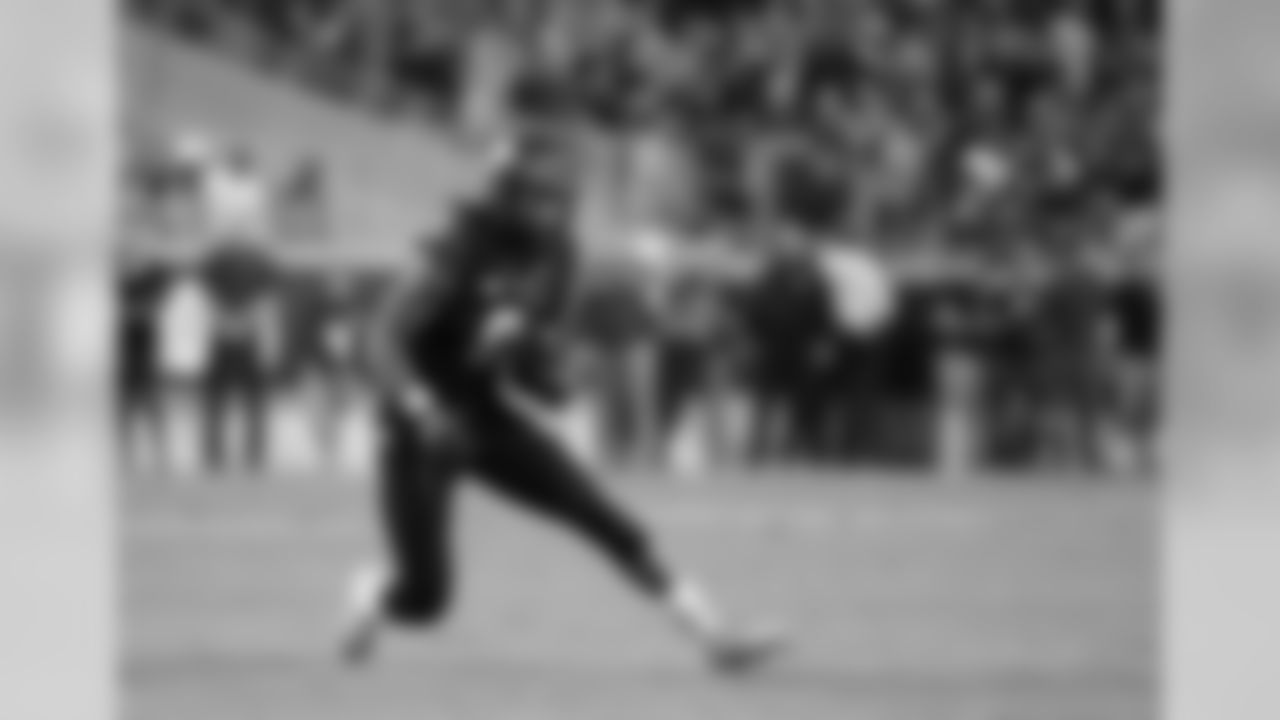
- WR - Josh Doctson,TCU

- DT - Chris Jones, Mississippi State
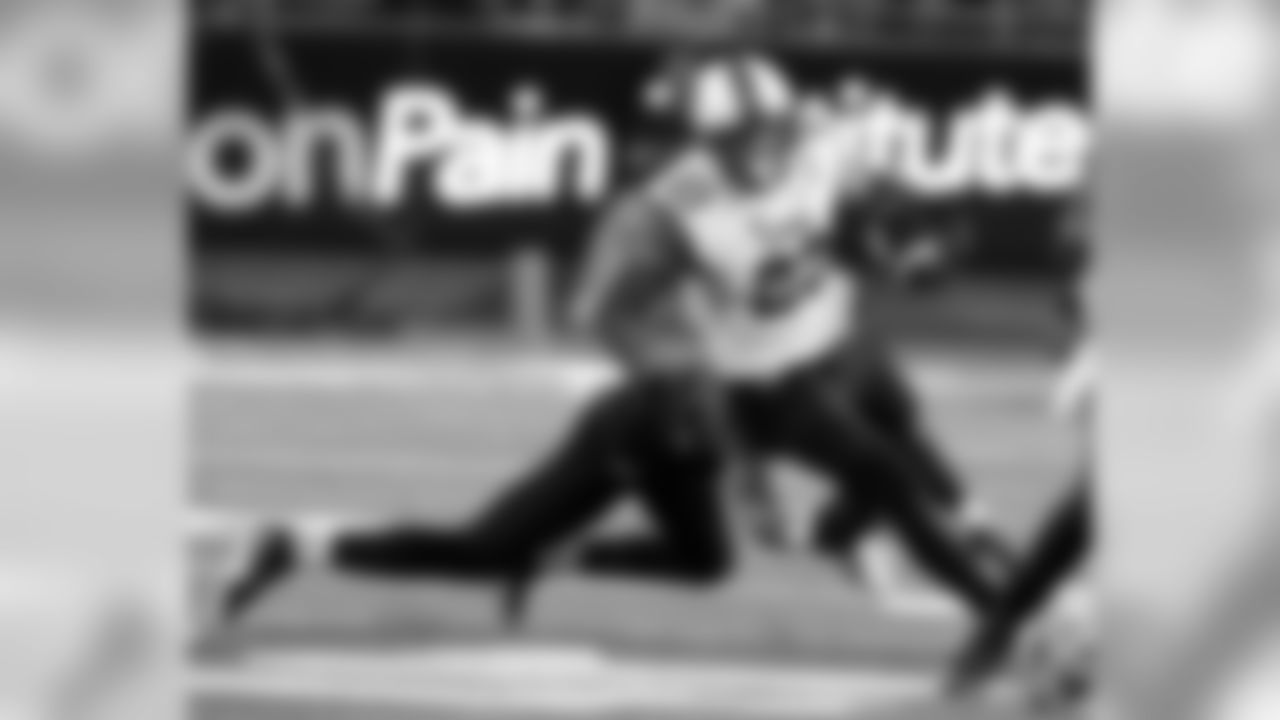
- RB - Devontae Booker,Utah
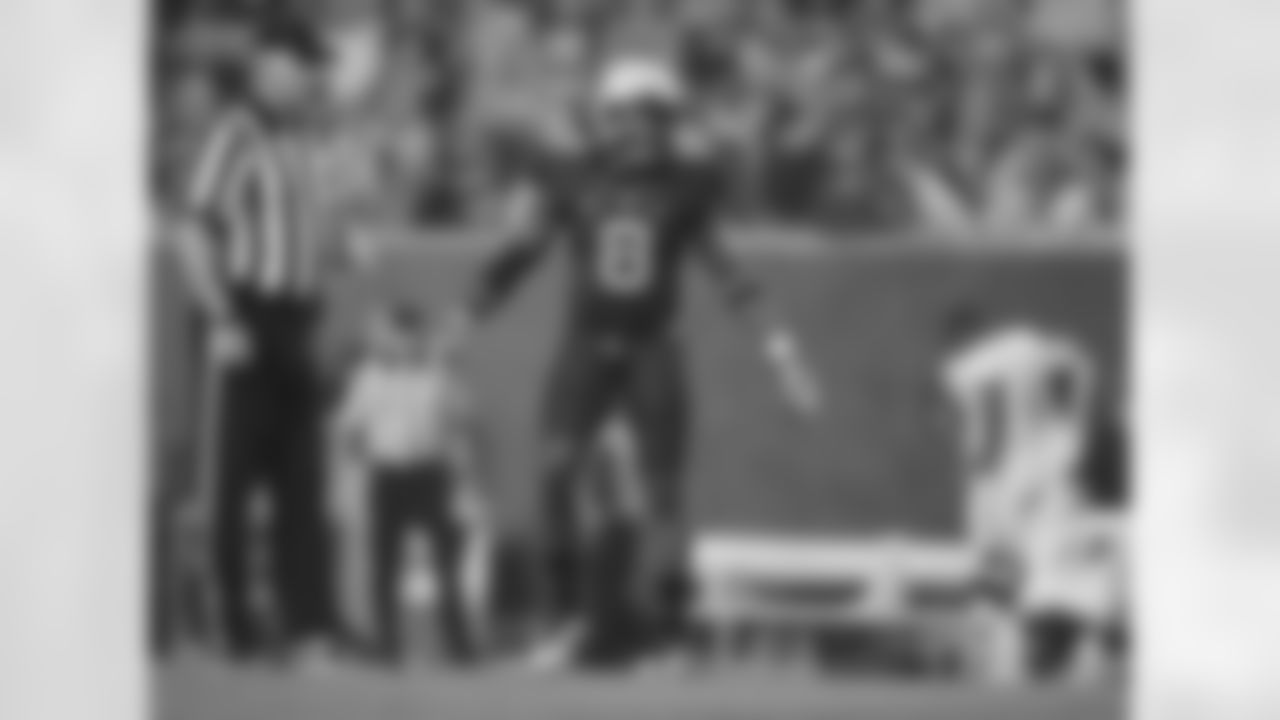
- S - Karl Joseph,West Virginia
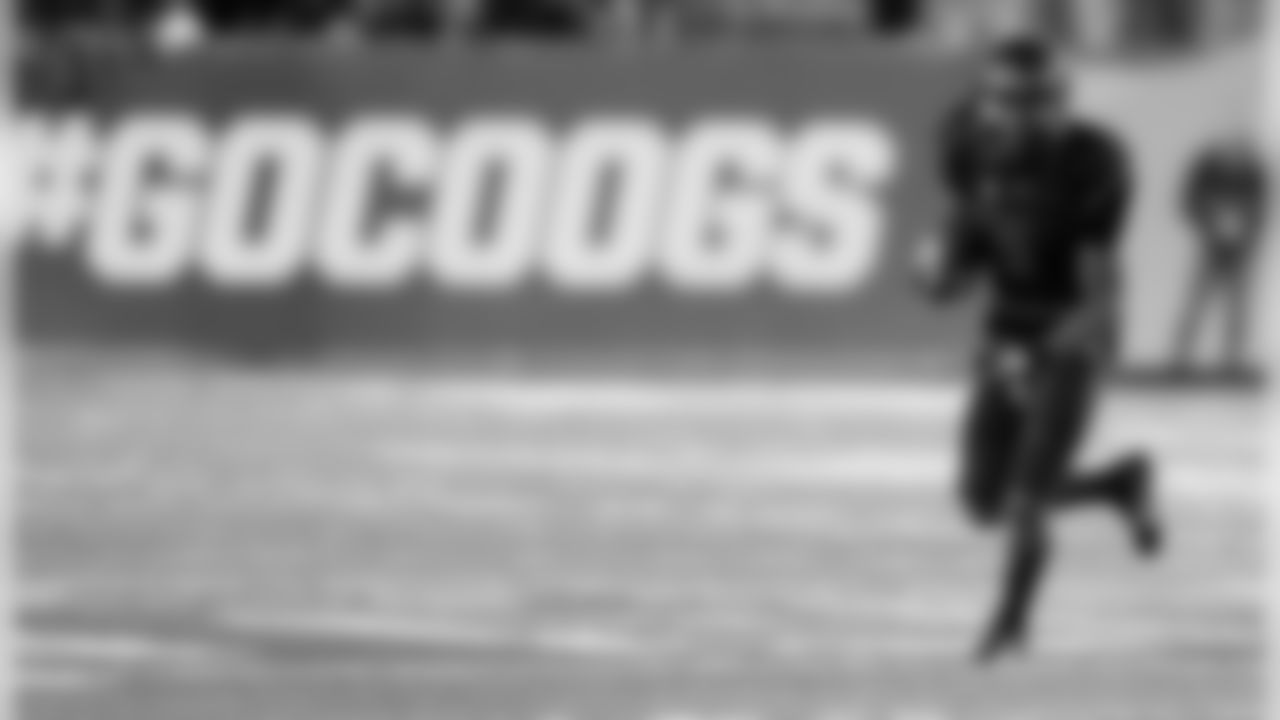
- CB - William Jackson III, Houston

- RB - Derrick Henry, Alabama

- LB - Kamalei Correa, Boise State
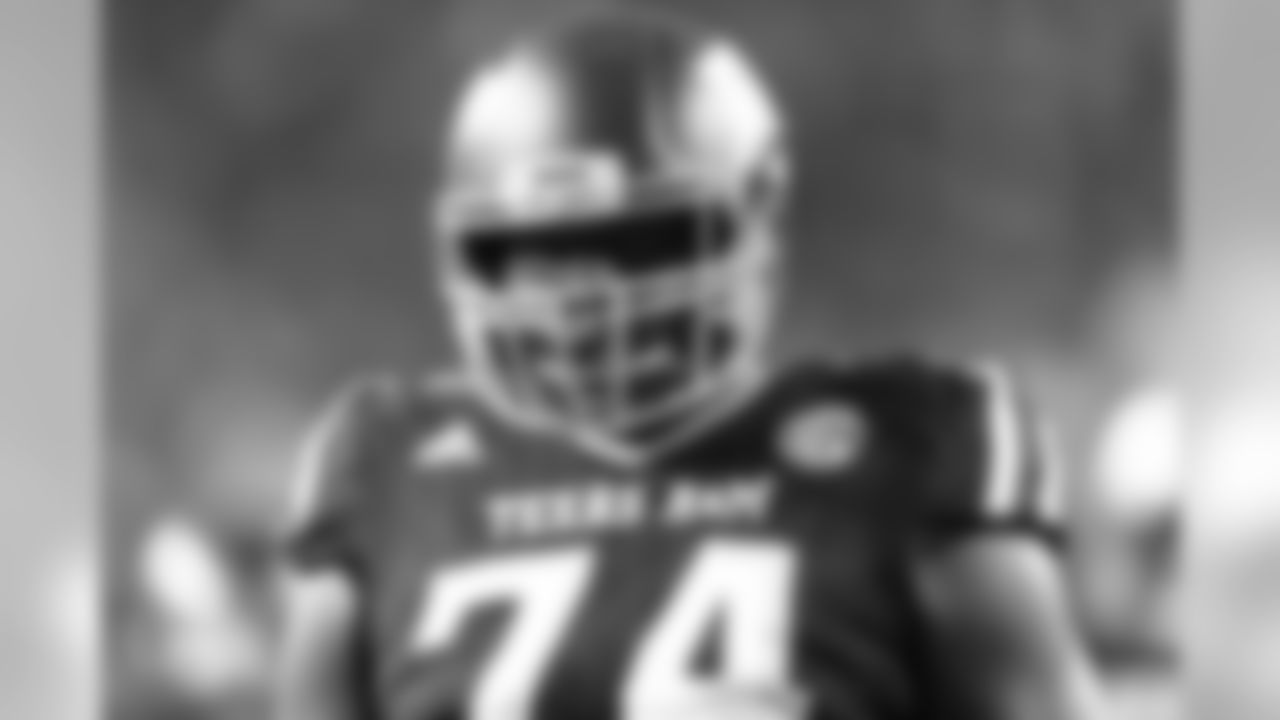
- OG - Germain Ifedi,Texas A&M
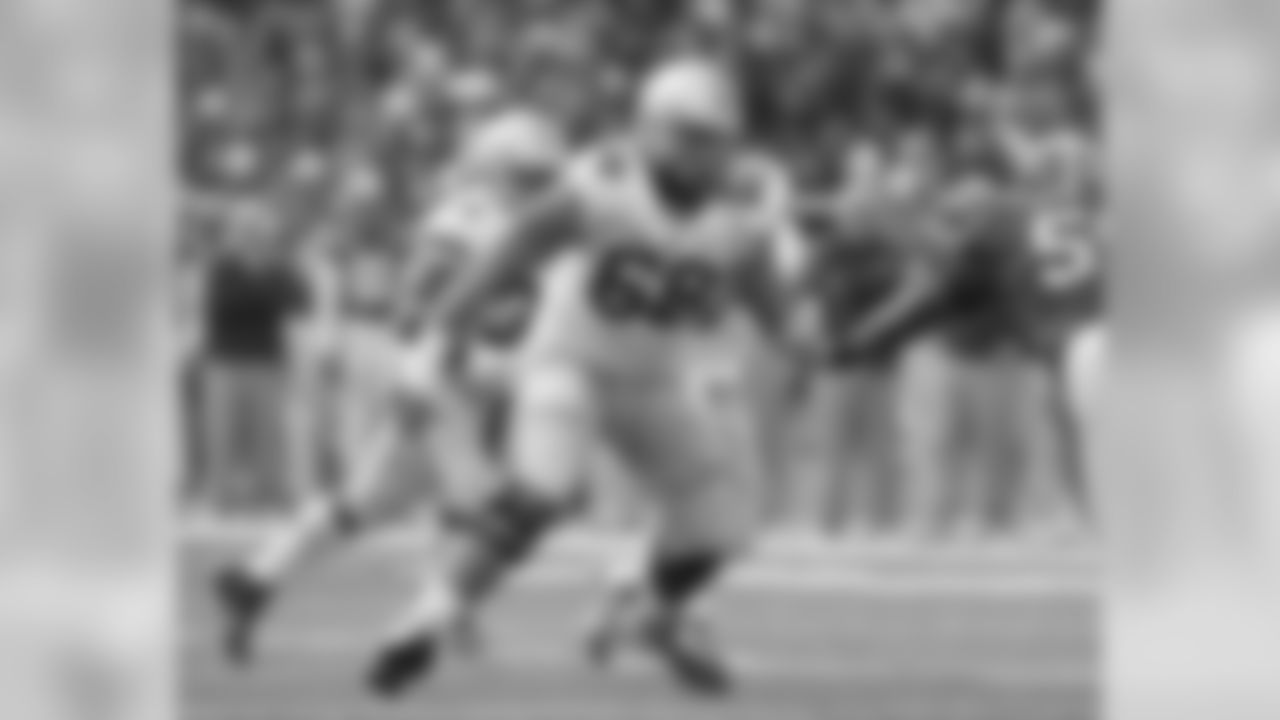
- OT - Taylor Decker, Ohio State

- DE - Noah Spence, Eastern Kentucky

- WR-William Fuller, Notre Dame

- QB - Paxton Lynch, Memphis

- DT - Vernon Butler, Louisiana Tech
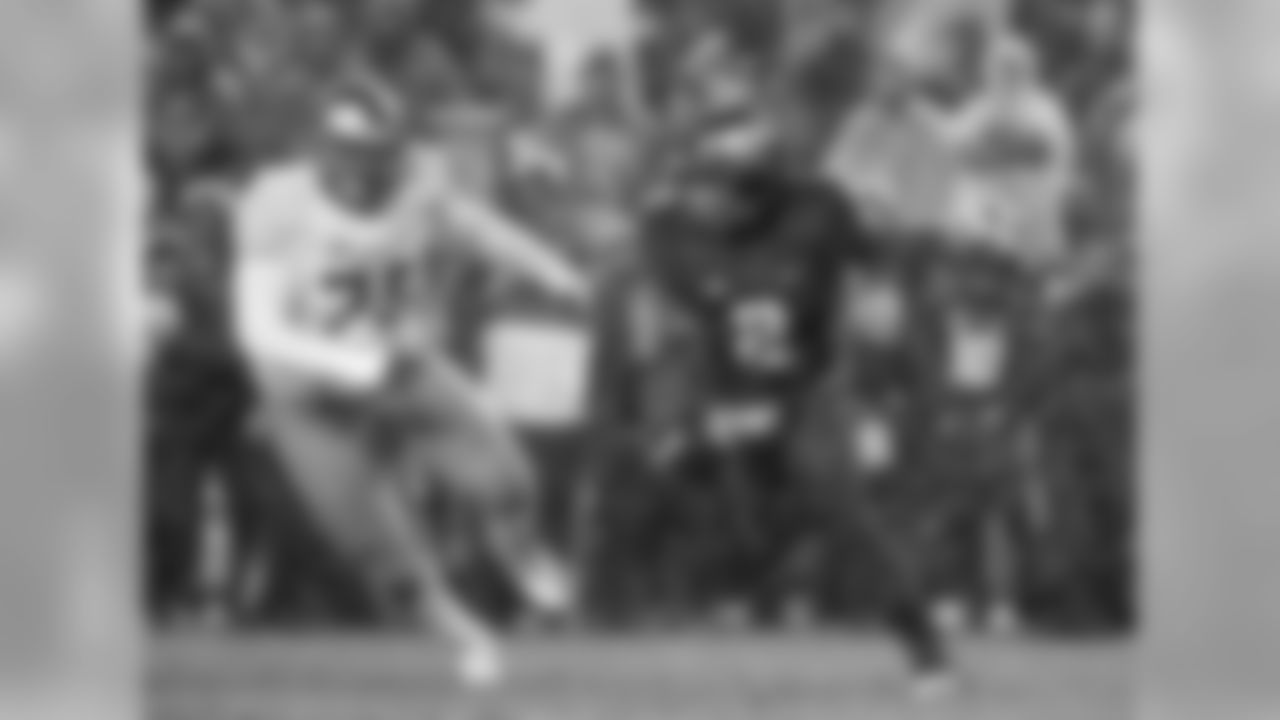
- DT - Andrew Billings, Baylor
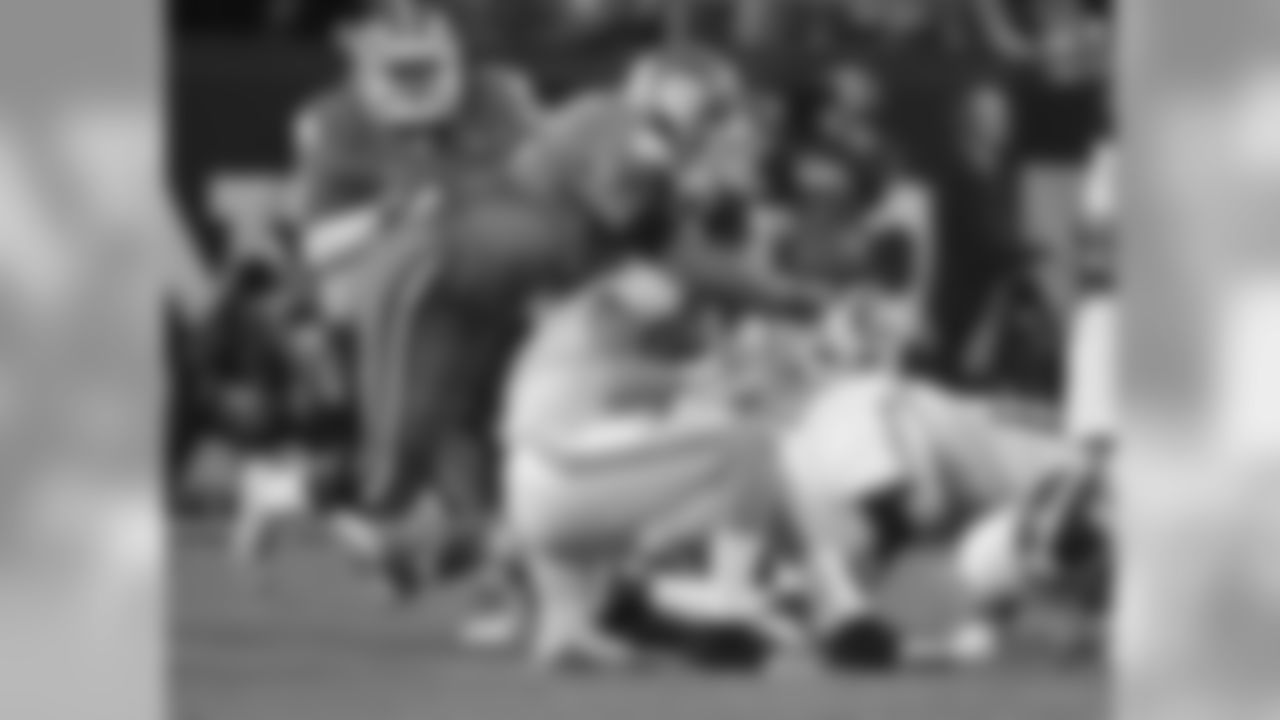
- DE - Shaq Lawson, Clemson
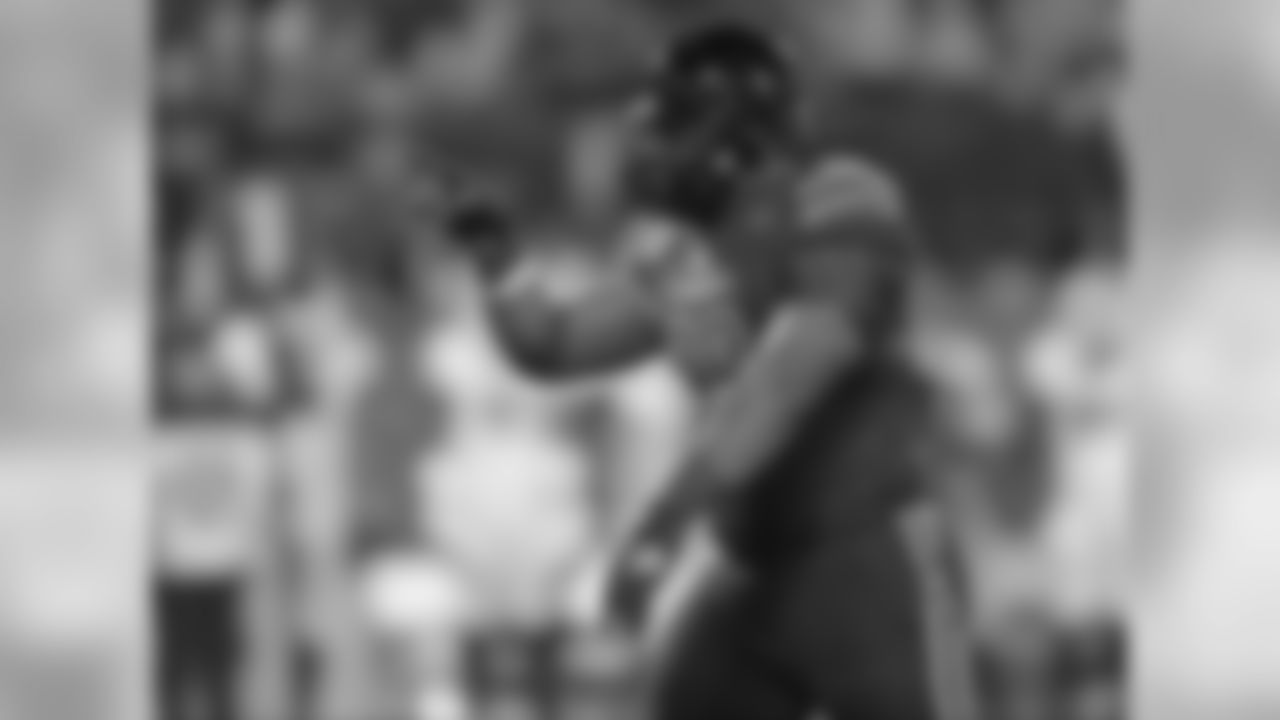
- DT - Sheldon Rankins, Louisville
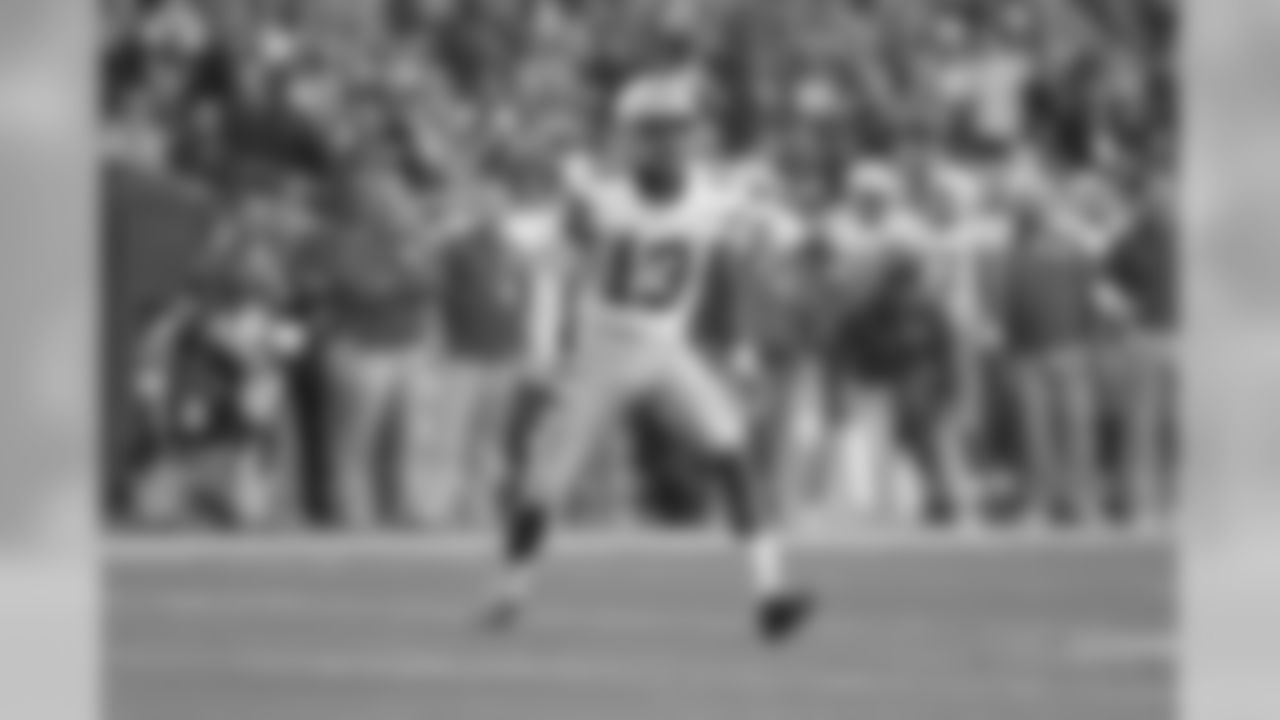
- CB - Eli Apple, Ohio State
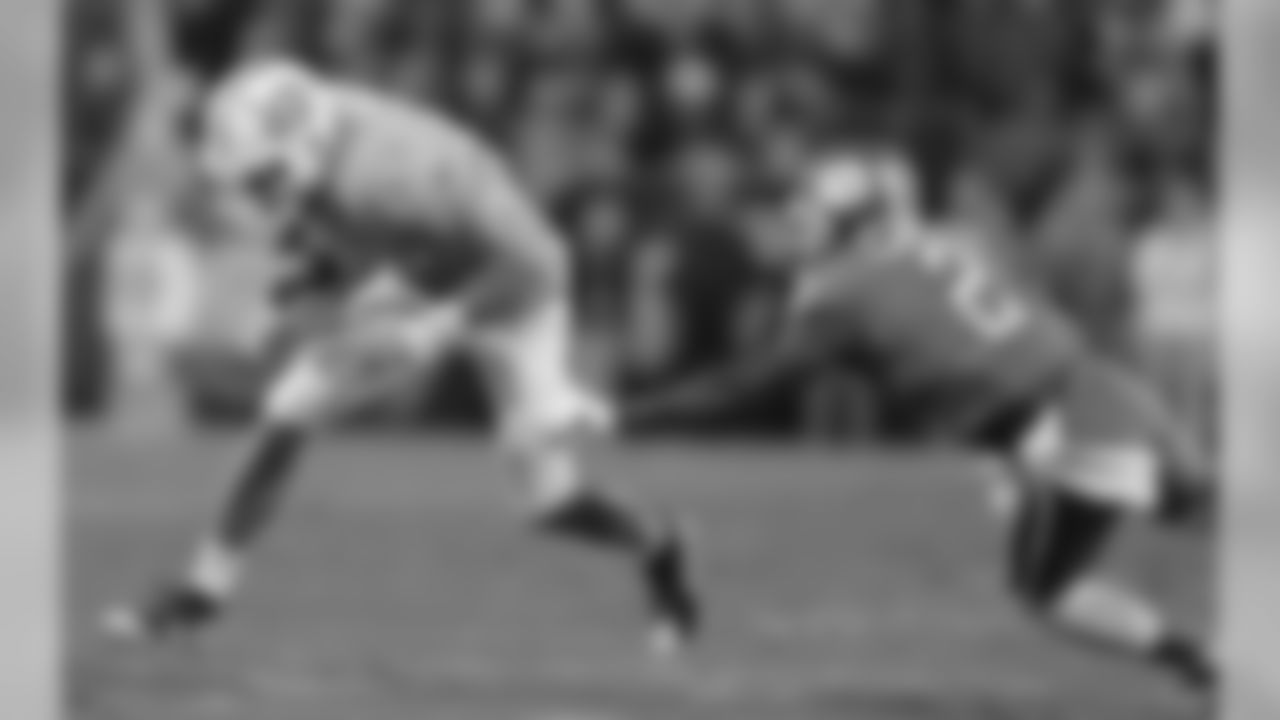
- CB - Meckensie Alexander, Clemson
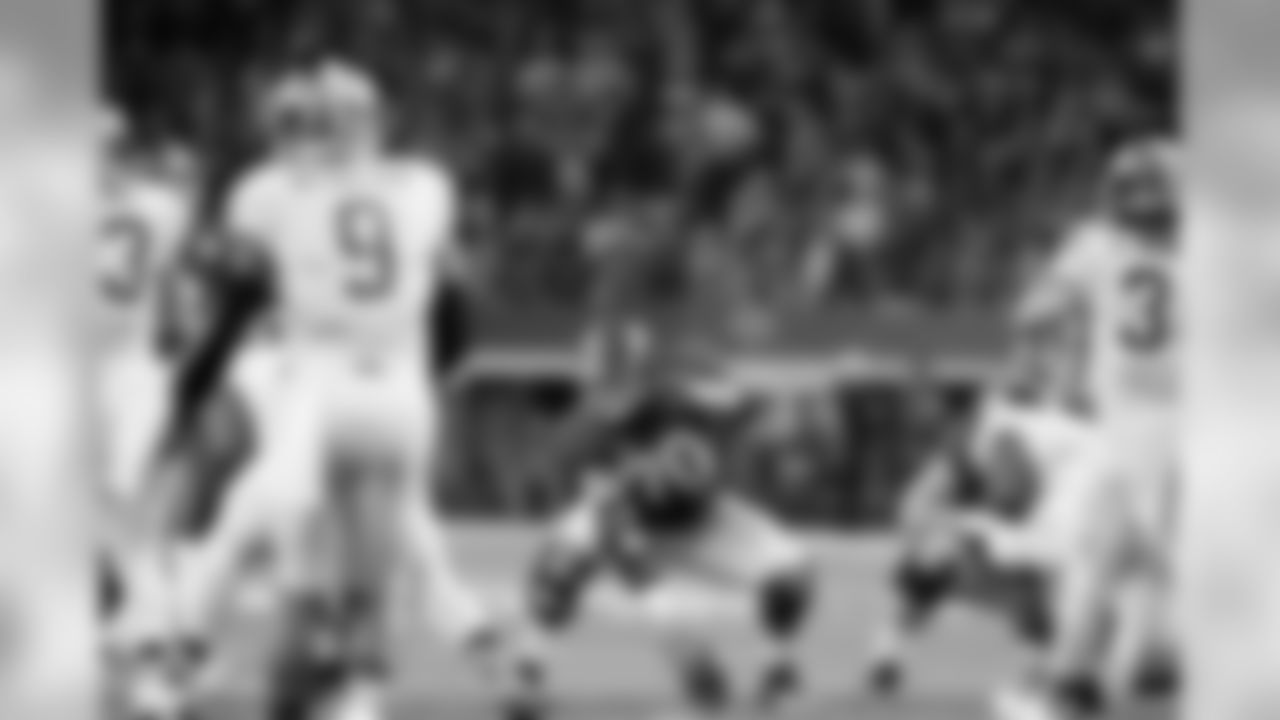
- C - Ryan Kelly, Alabama
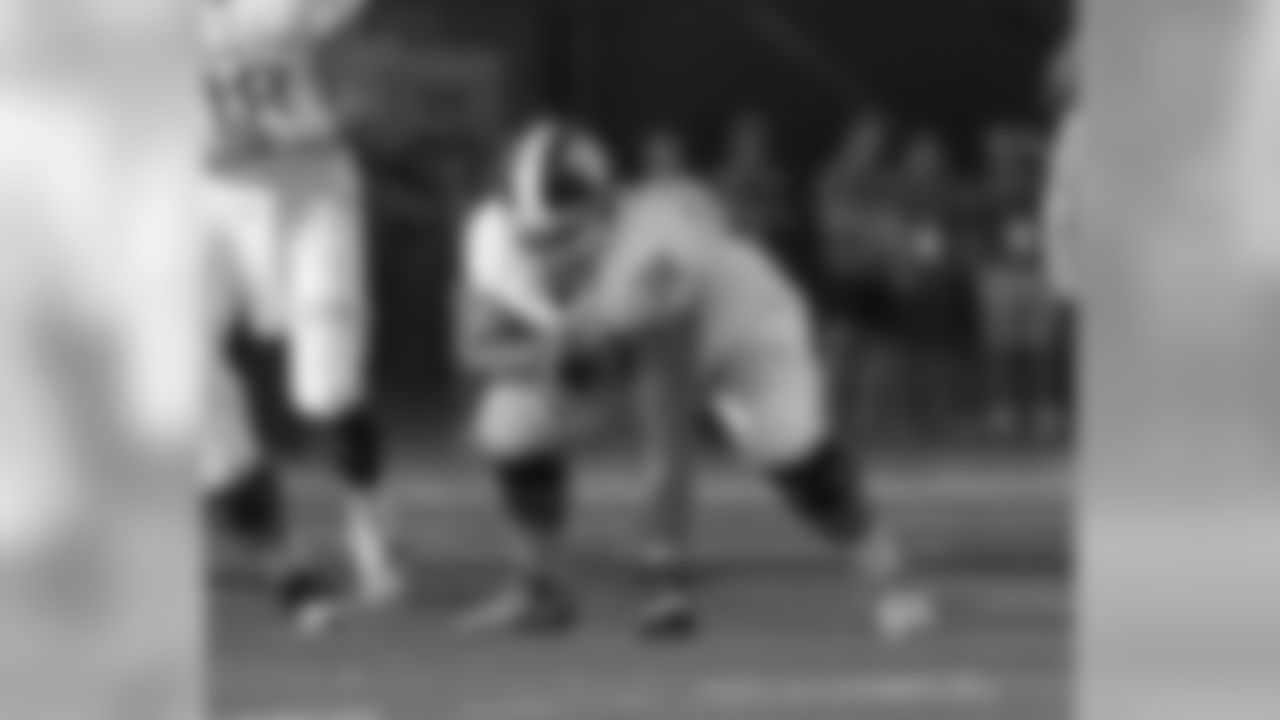
- OT - Jack Conklin, Michigan State
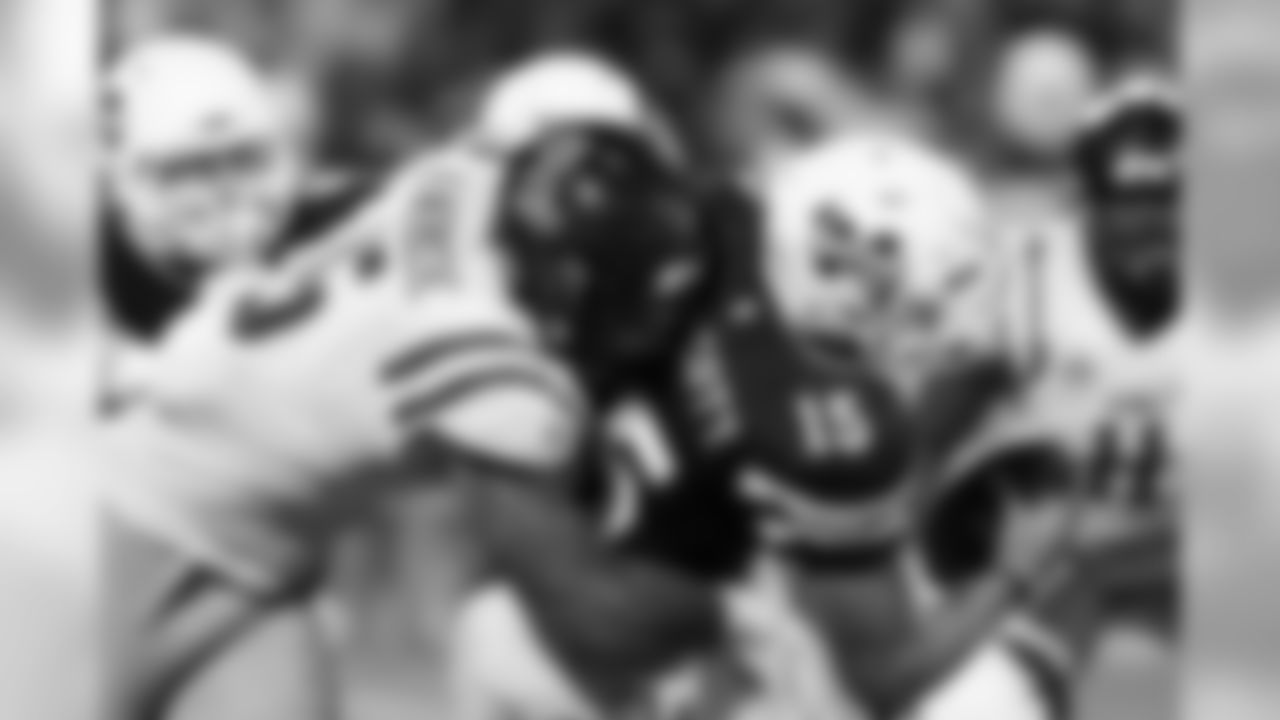
- DT - Robert Nkemdiche, Ole Miss
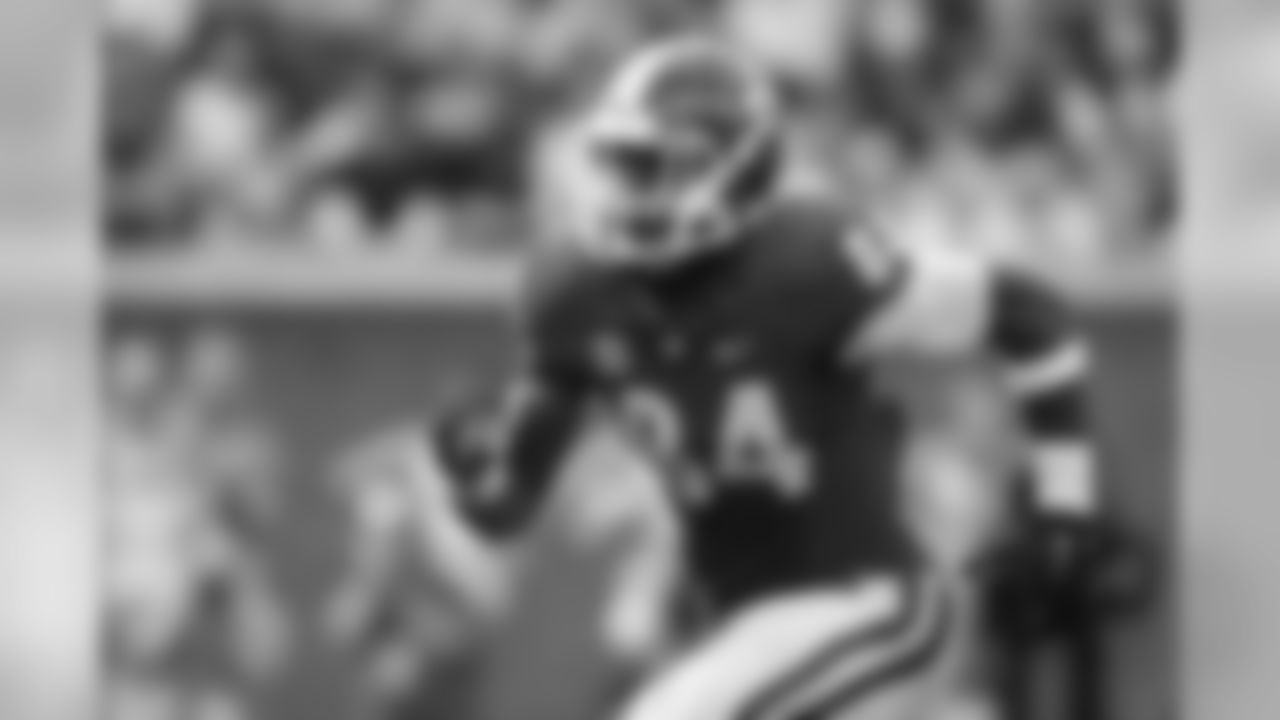
- LB - Leonard Floyd, Georgia

- DE - Kevin Dodd, Clemson
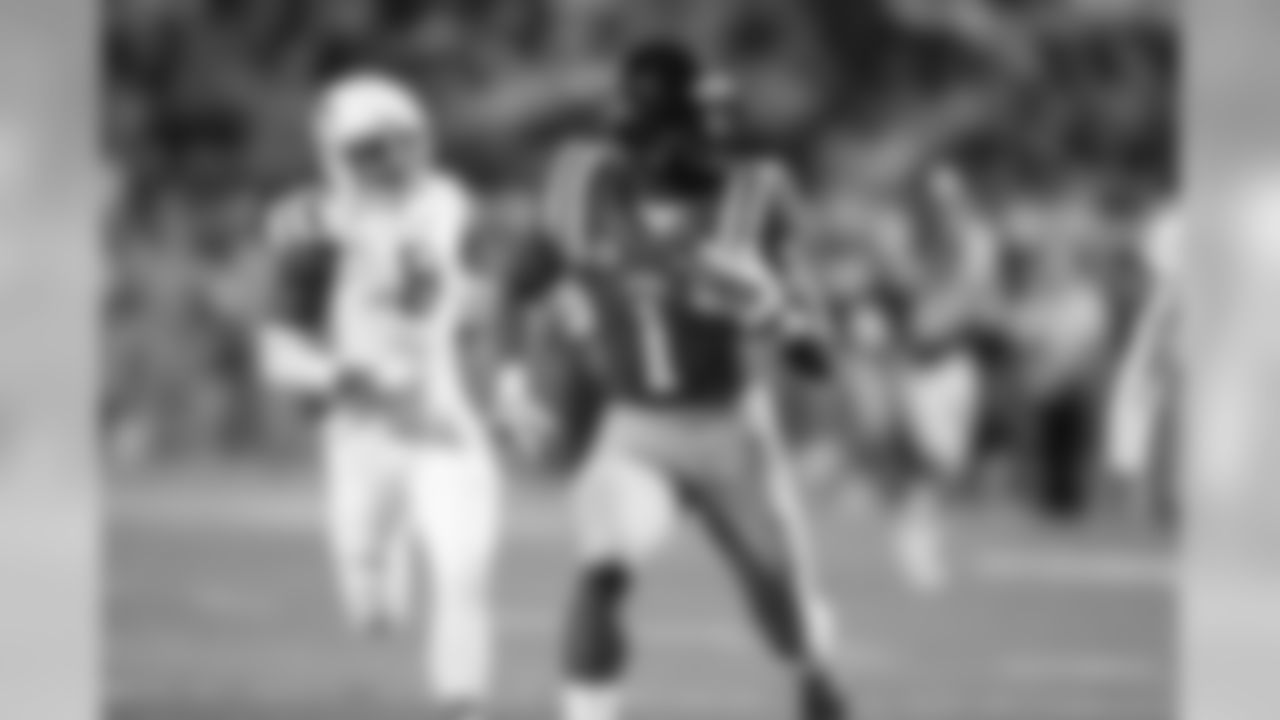
- WR - Laquon Treadwell, Ole Miss

- WR - Corey Coleman, Baylor
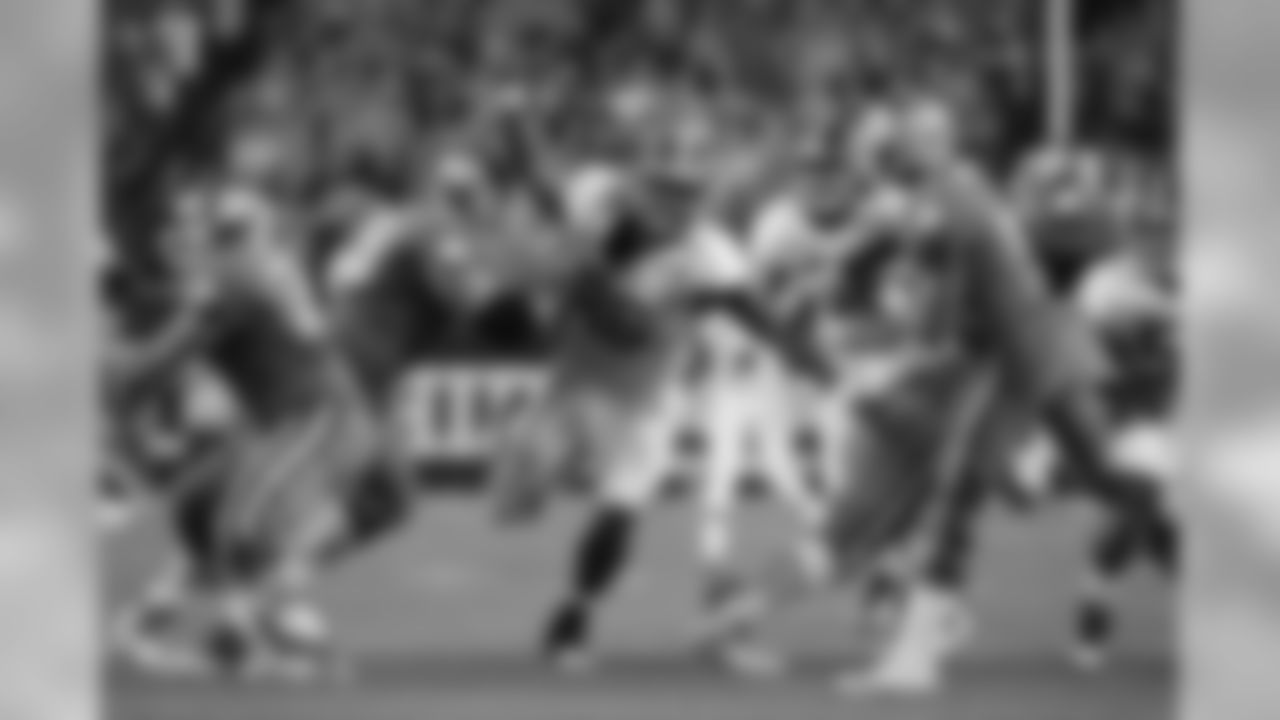
- DT- A'Shawn Robinson, Alabama
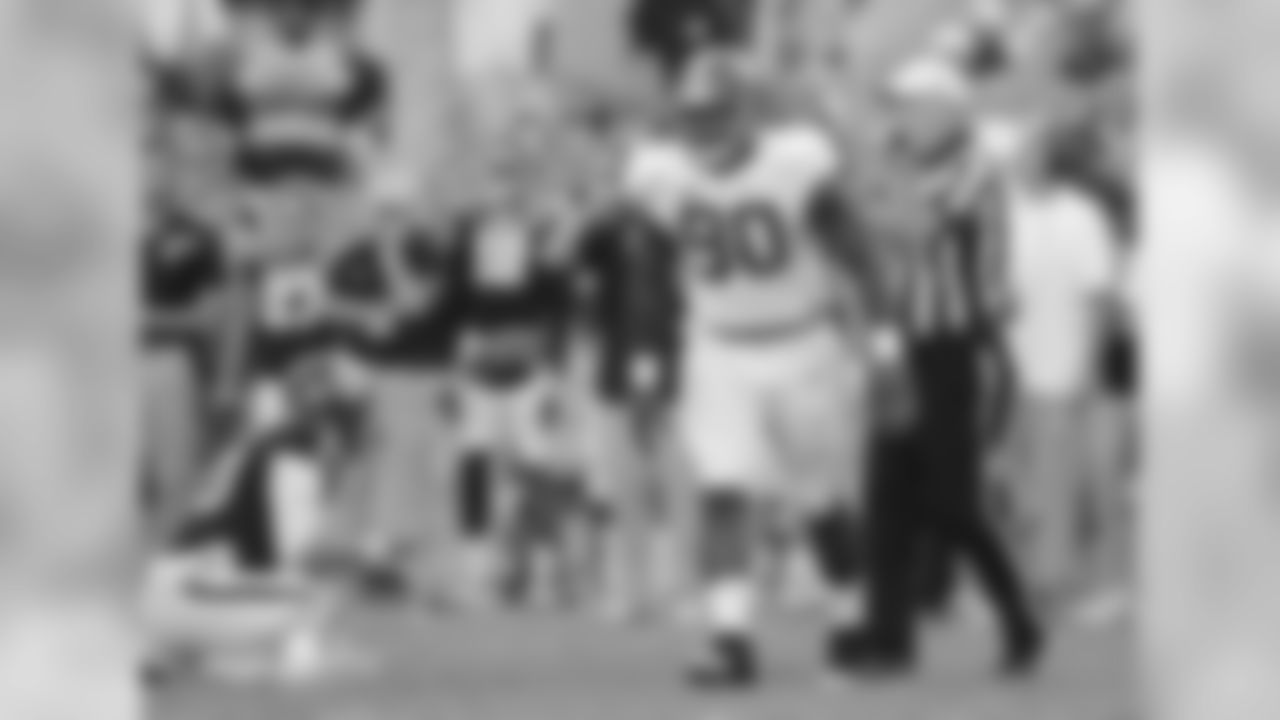
- DT - Jarran Reed, Alabama
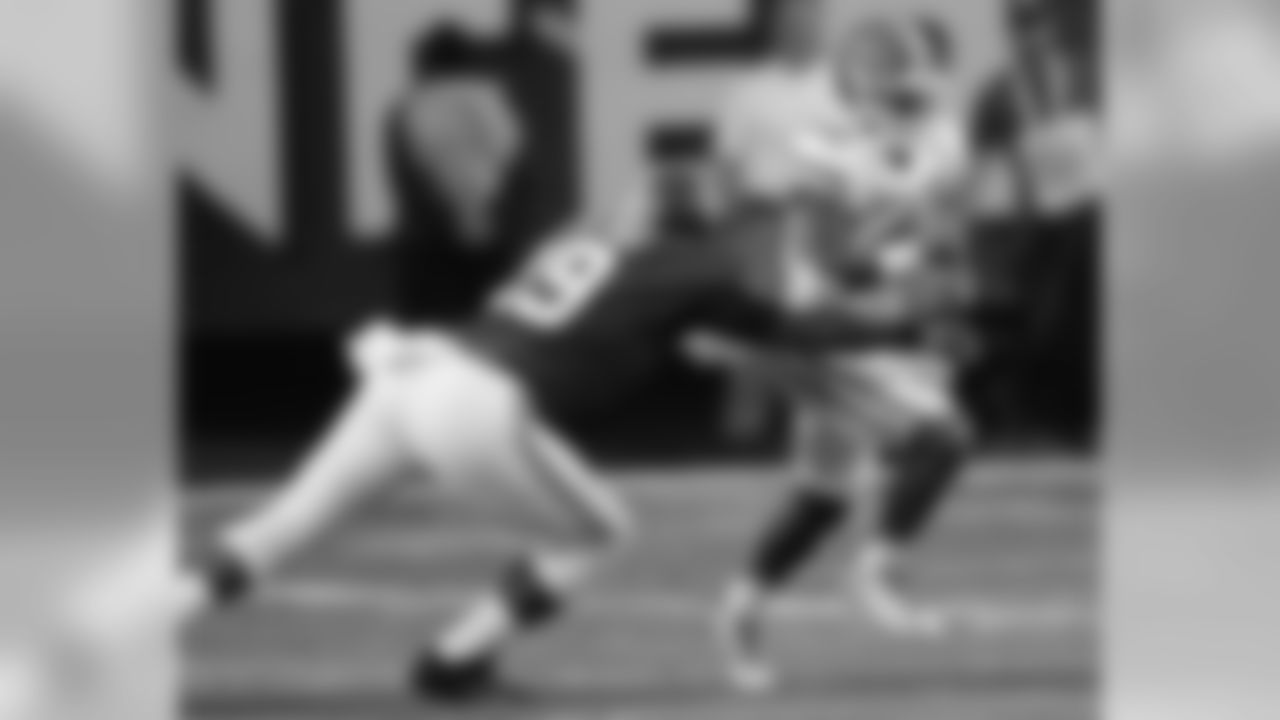
- LB - Reggie Ragland, Alabama

- LB - Darron Lee, Ohio State
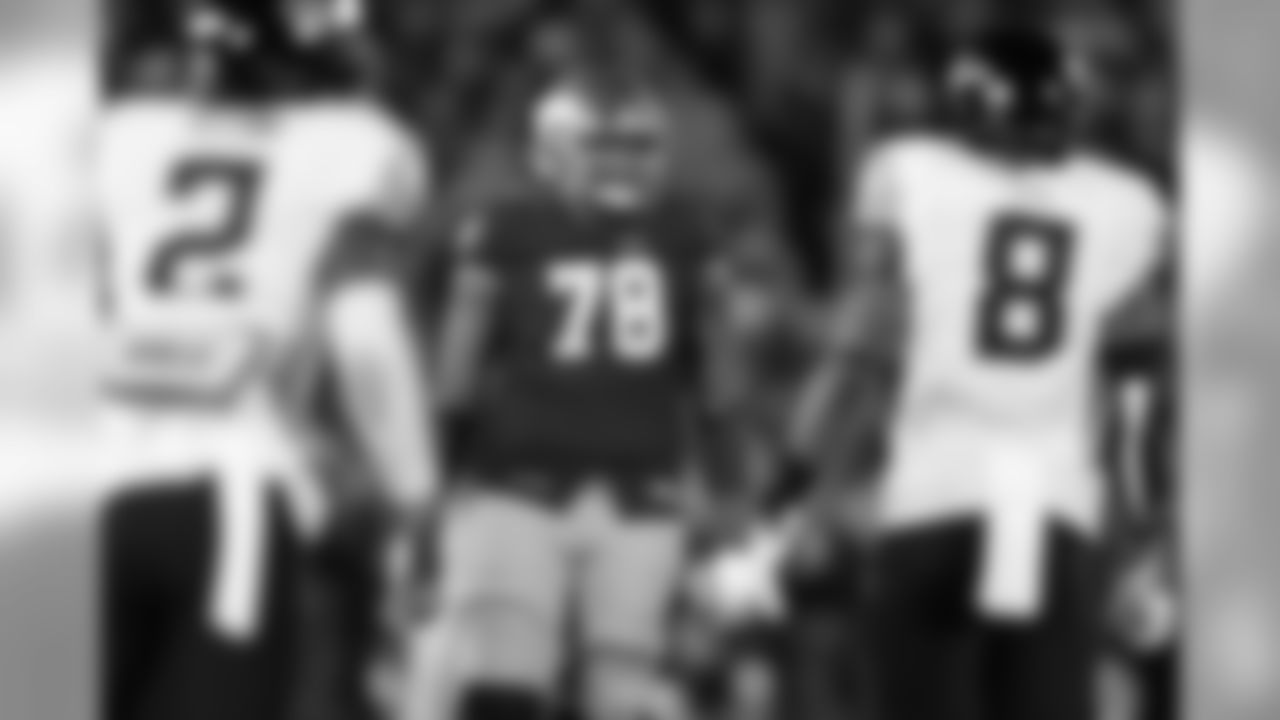
- OT - Ronnie Stanley, Notre Dame
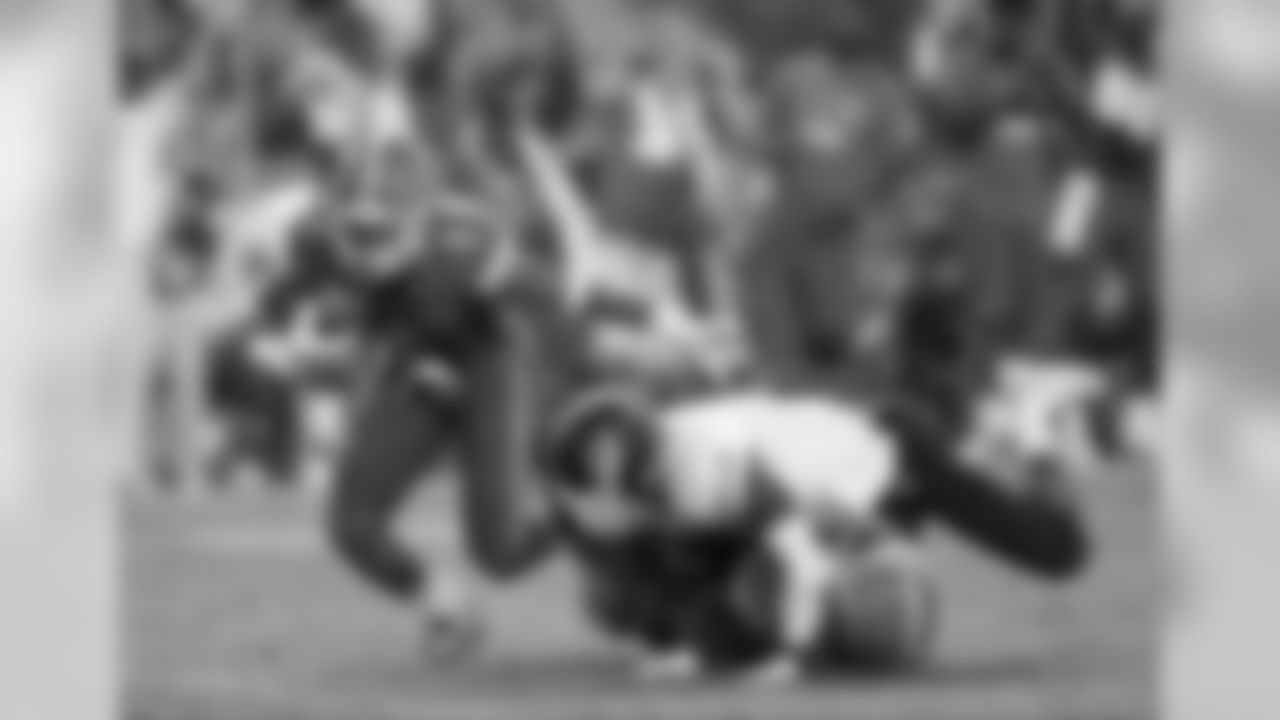
- CB- Vernon Hargreaves, Florida
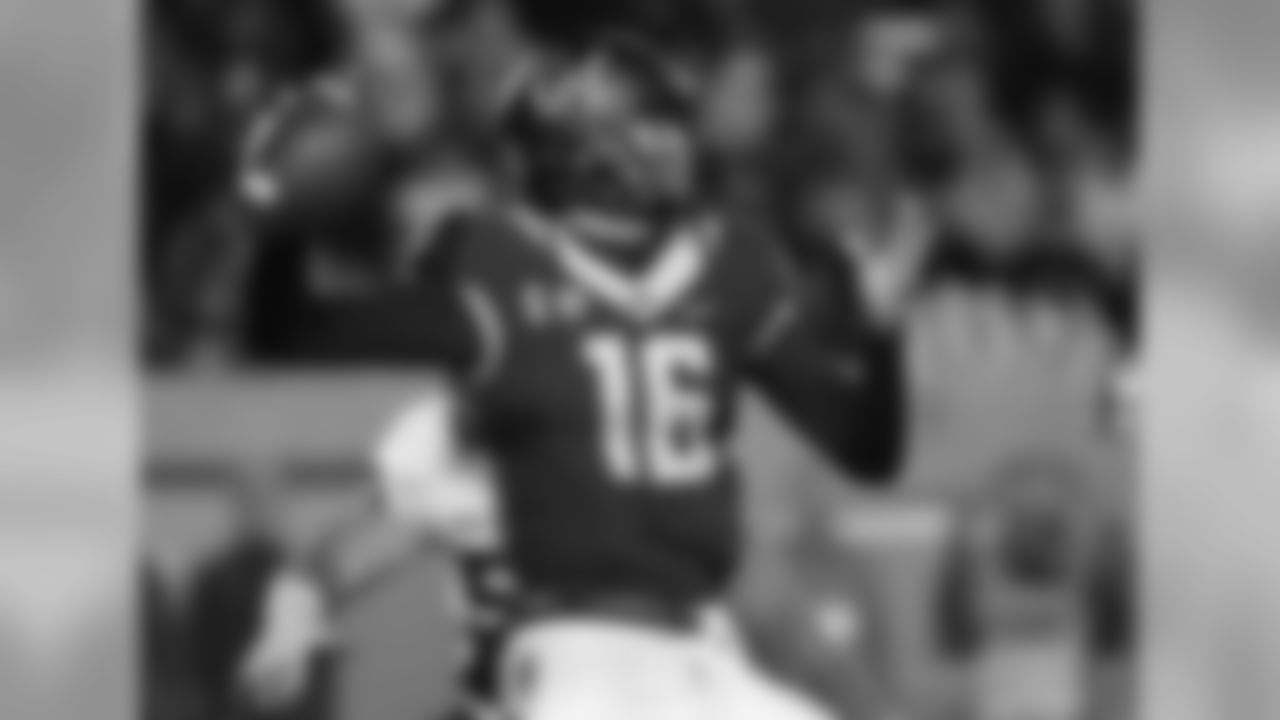
- QB - Jared Goff, Cal
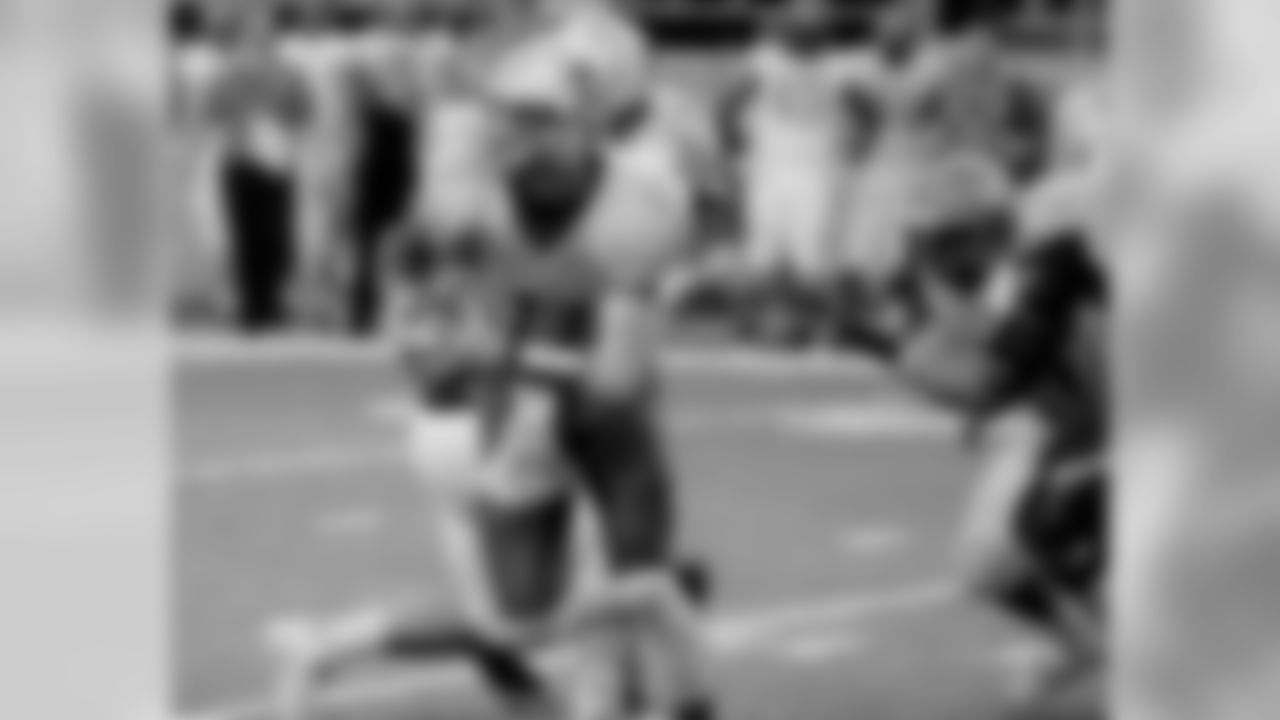
- QB - Carson Wentz, North Dakota
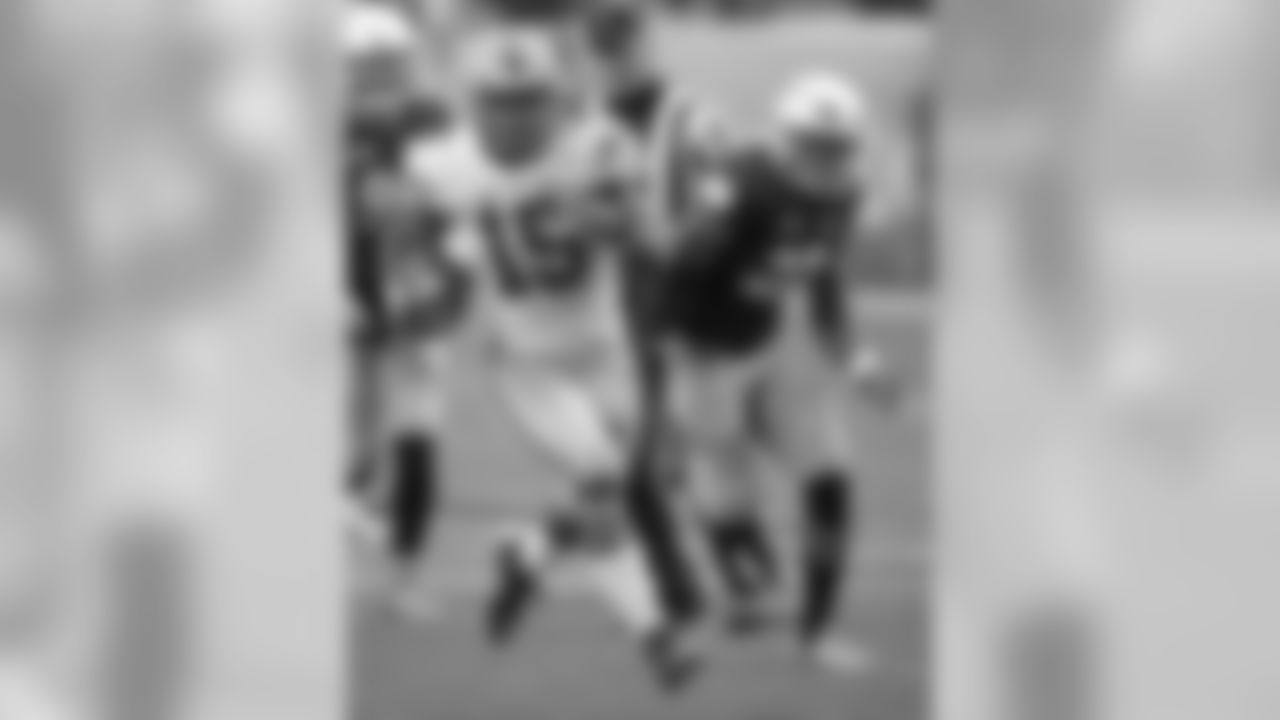
- RB - Ezekiel Elliott, Ohio State
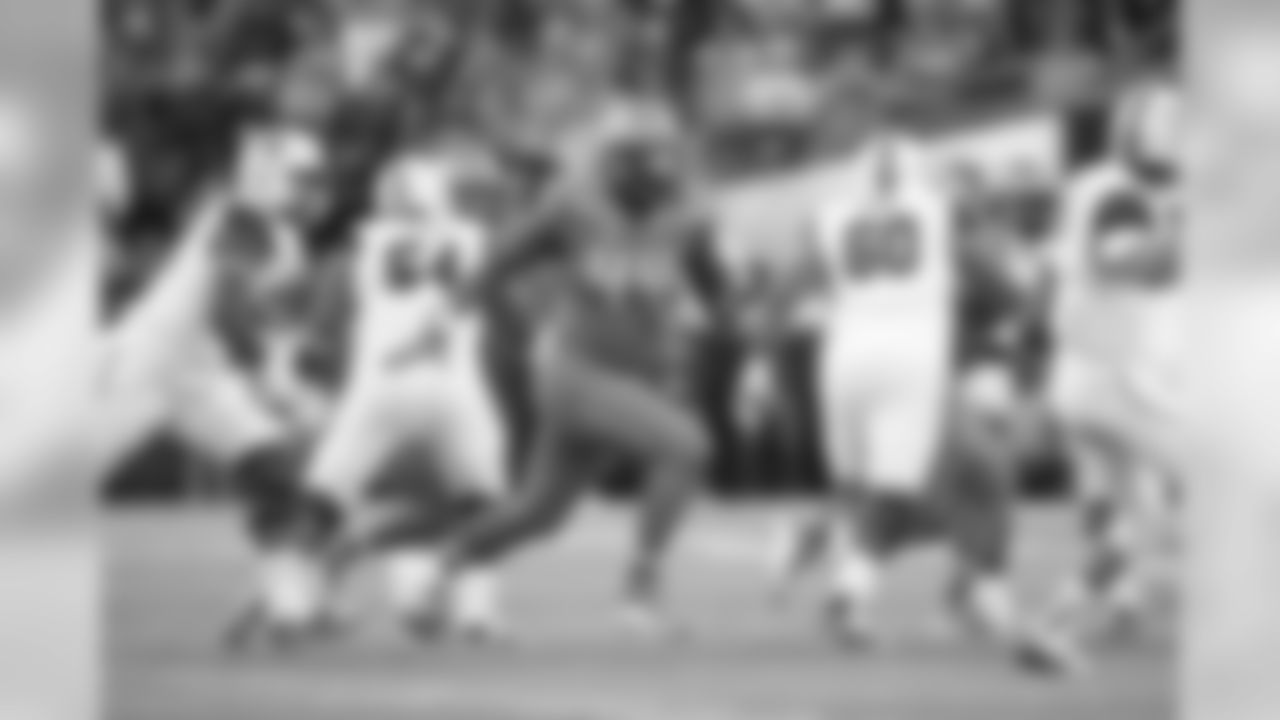
- DT - DeForest Buckner, Oregon
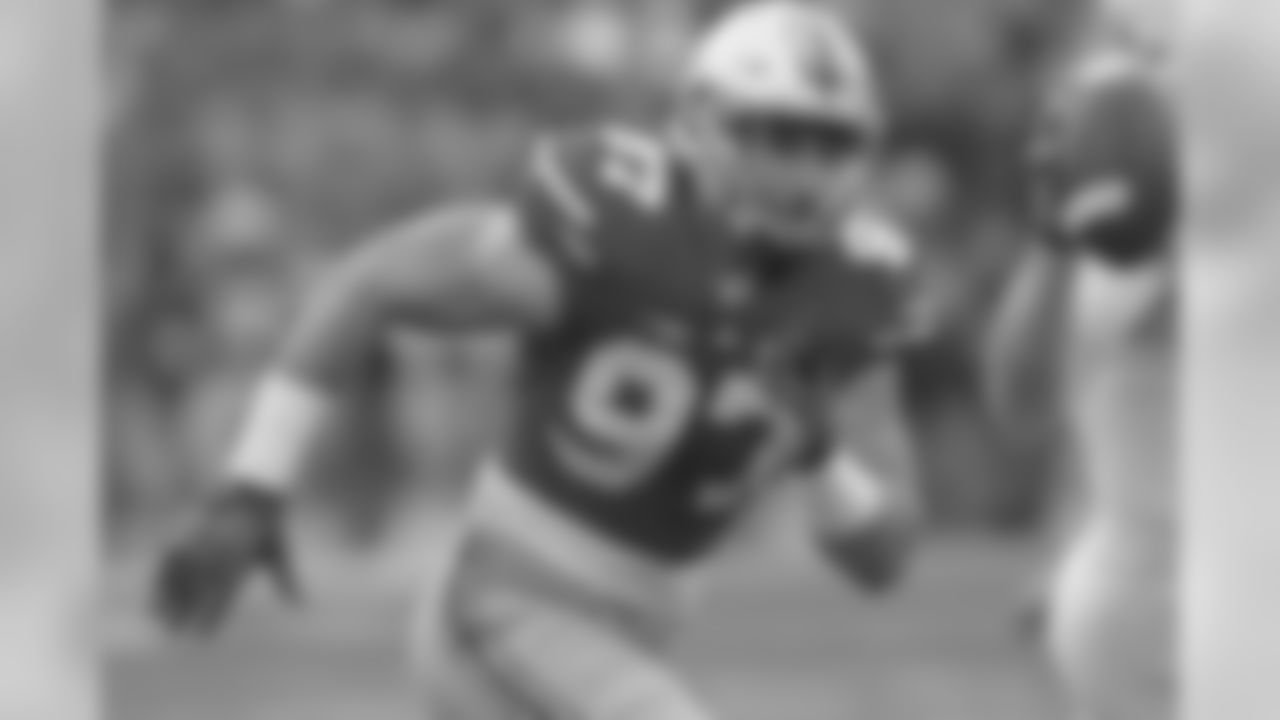
- DE - Joey Bosa, Ohio State
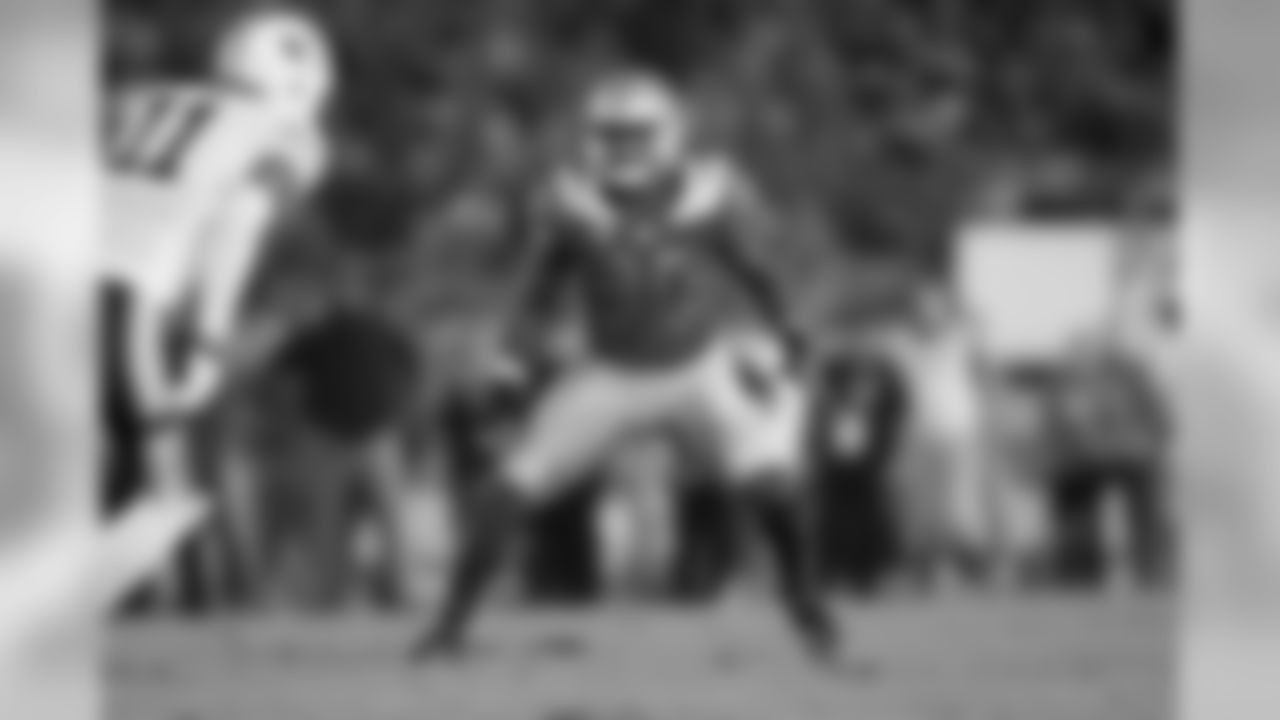
- LB - Myles Jack, UCLA
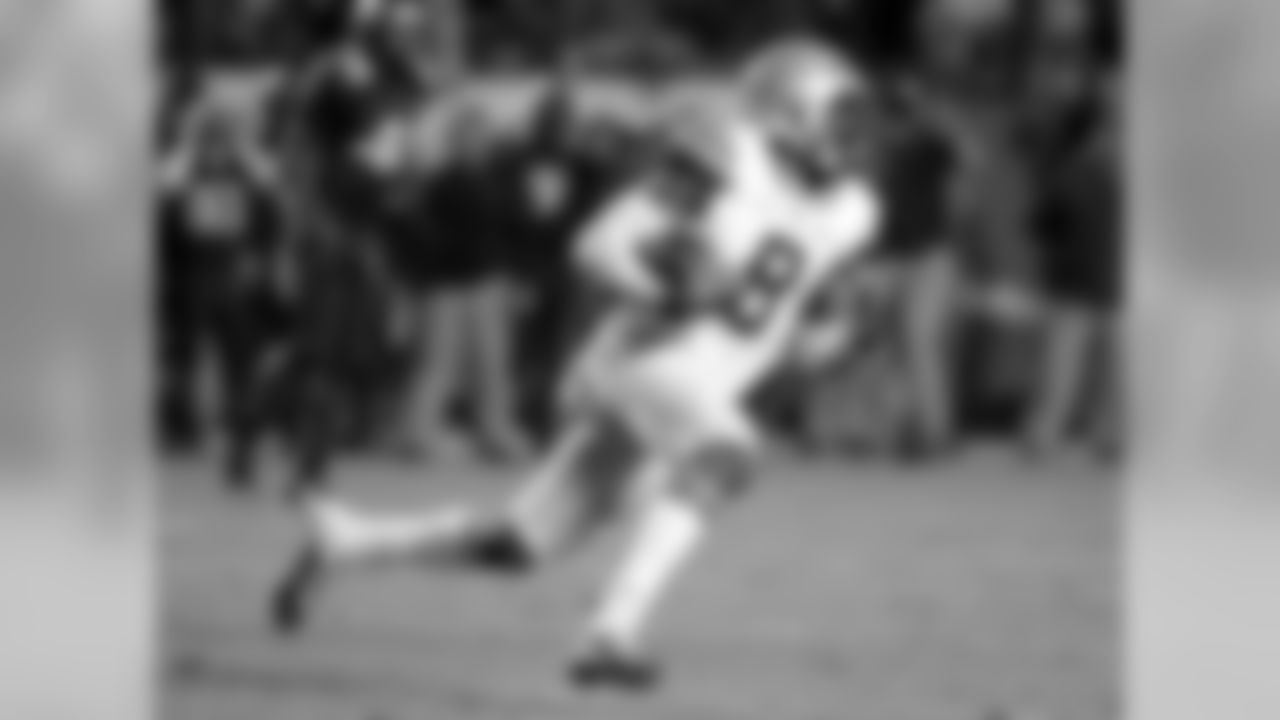
- S - Jalen Ramsey, Florida State
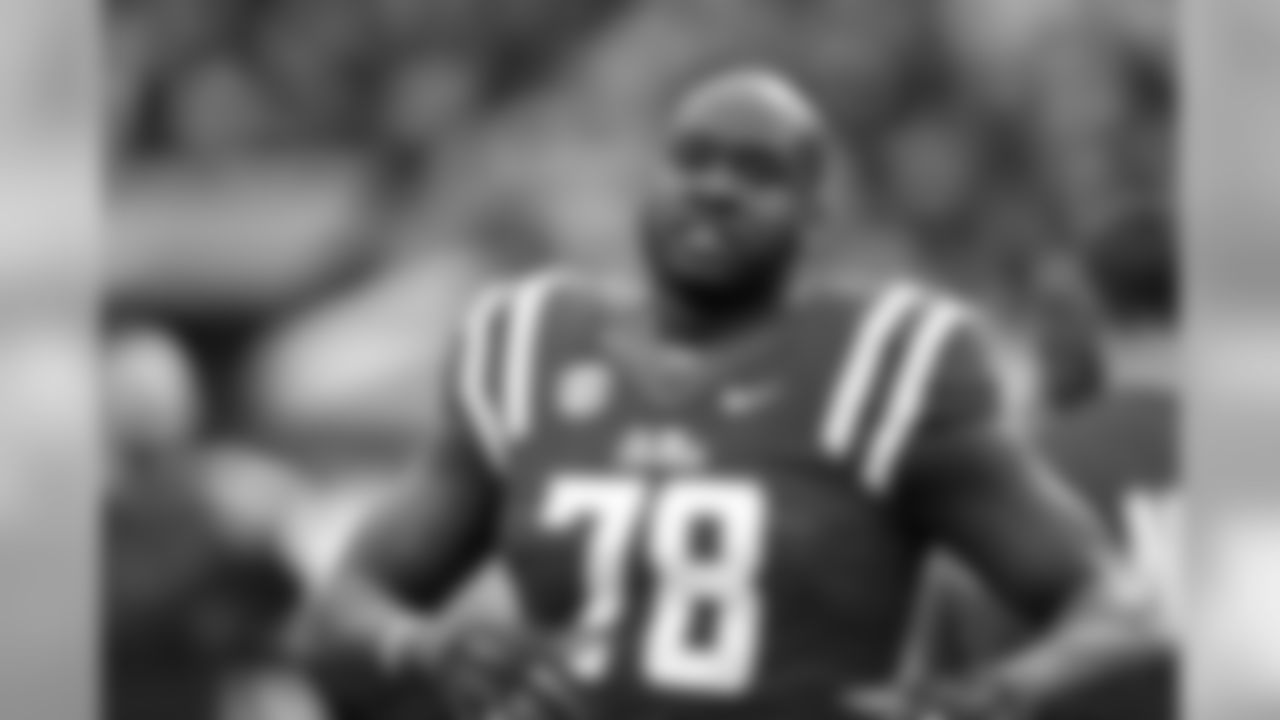
- OT - Laremy Tunsil, Ole Miss
"When we started this whole thing in free agency and Jason and I were going through it, we knew we needed to add a pass rusher and a cover guy," said Koetter. "Friday was a big day because we got both in the same day."
Those moves also bought Koetter's team some very useful flexibility in the 2016 NFL Draft, which begins with Round One on April 28. The Bucs own the ninth overall selection, and most mock drafts have opined that they would use that pick to address the very two needs pinpointed by Koetter above. That could still be the case, as there is certainly room for more young talent at either of those two spots on Tampa Bay's depth chart, but it's a lot harder to pigeonhole the Buccaneers than it was a week ago.
"Our goal in free agency is to make our team better and it just so happened that we were able to address some of the perceived needs," said Licht. "In the draft we are still going to have the same approach. It's going to be best player – whether we're picking at nine or moving up or moving back – it's going to be the best player that makes us better. This does help a little bit because we were able to…especially the quality of the player in Brent and the other signings…but it does help give us more options and we always like options here."
As Licht suggests, the Buccaneers have not only gained flexibility in which players to target at #9, but also as to how to handle that position in a larger sense. Theoretically, a larger group of first-round targets for the Buccaneers would make them more likely to entertain trade talks, whether it be a move up to get one of this year's most coveted players or a move down to add additional draft assets. Trading down, in particular, seems like more of a possibility when one is not beholden to a particular player or position.
UPDATE: BUCCANEERS MOCK DRAFT ROUNDUP[
](http://www.buccaneers.com/news/article-1/Buccaneers-Mock-Draft-Roundup-50/6c20194d-eb61-4350-9637-57b02dce9d77)For a move down to go from a good idea in theory to a reality, it obviously takes a trading partner. And, strangely, the ninth overall pick seems to be a rocky island amid a sea of trades over the past two decades. The ninth pick has only been traded twice in the past 20 years, and the last time a team traded down from #9 was exactly 20 years ago.
NFL Media analyst, Daniel Jeremiah predicts his 2016 NFL first round picks
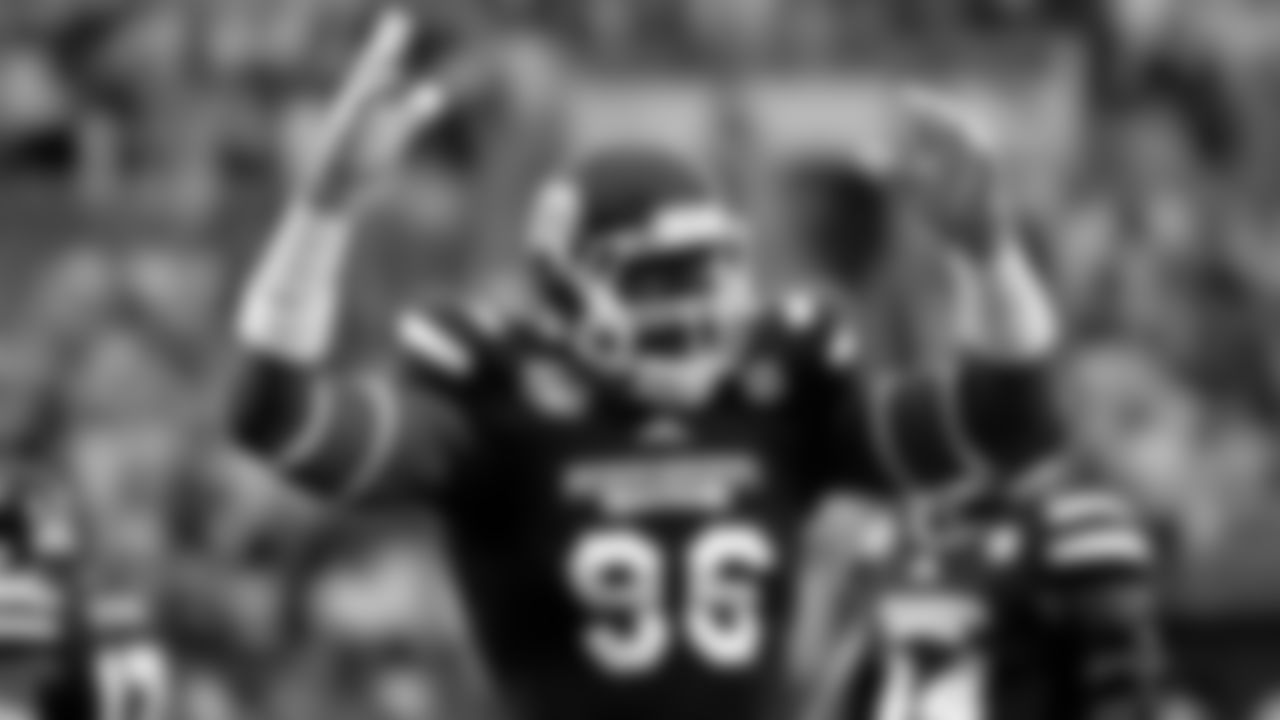
Pick No. 31 - Denver : Chris Jones, Mississippi State. DT
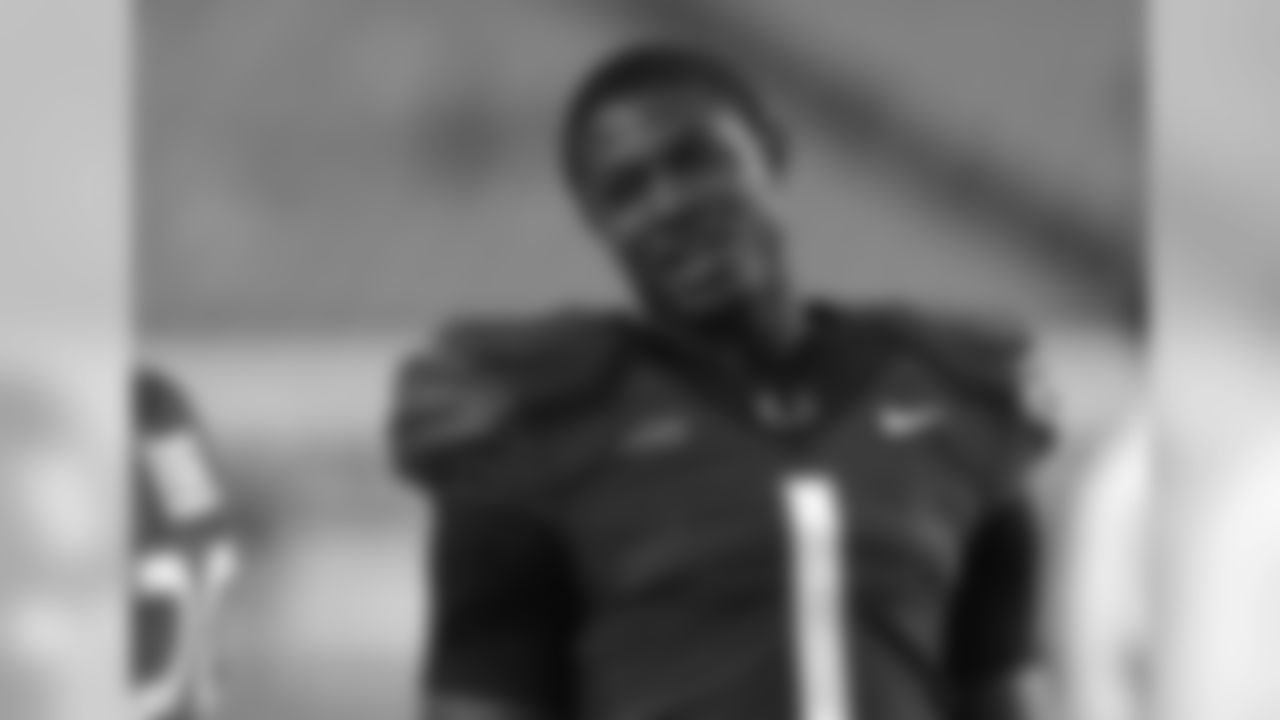
Pick No. 30 - Carolina : Artie Burns, Miami. CB

Pick No. 29 - Arizona: Paxton Lynch, Memphis. QB
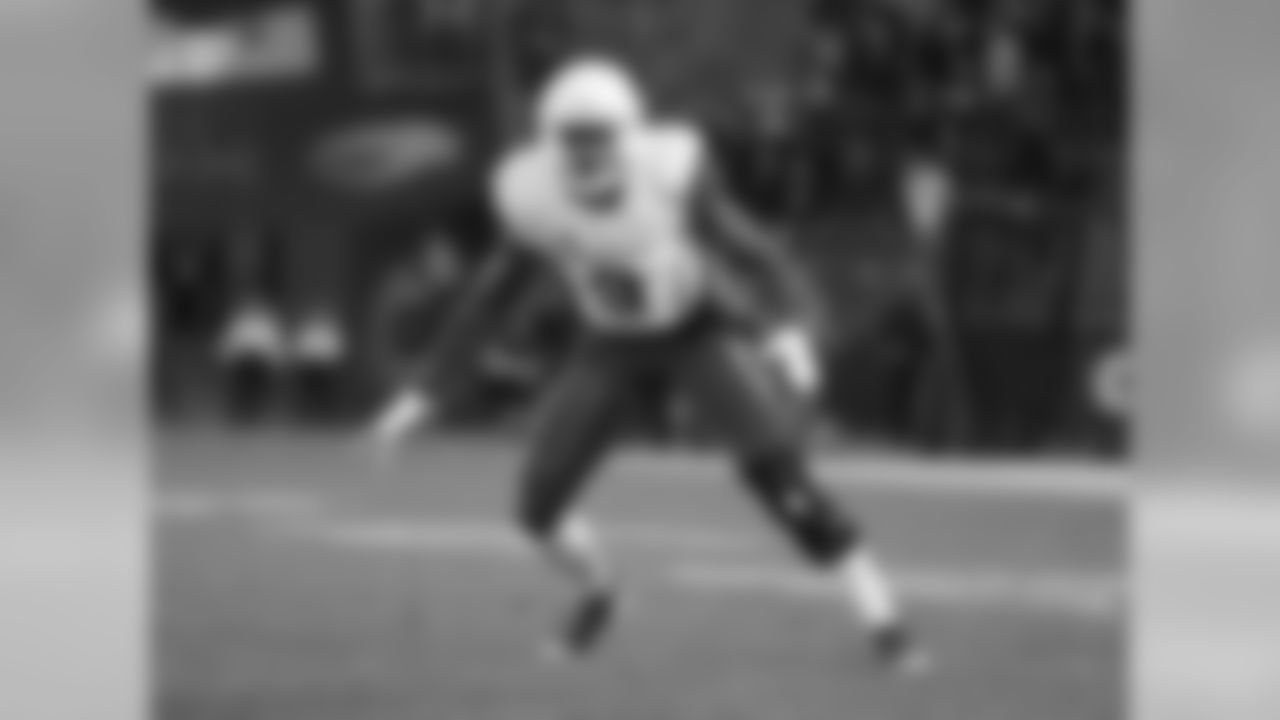
Pick No. 28 - Kansas City: William Jackson III, Houston. CB
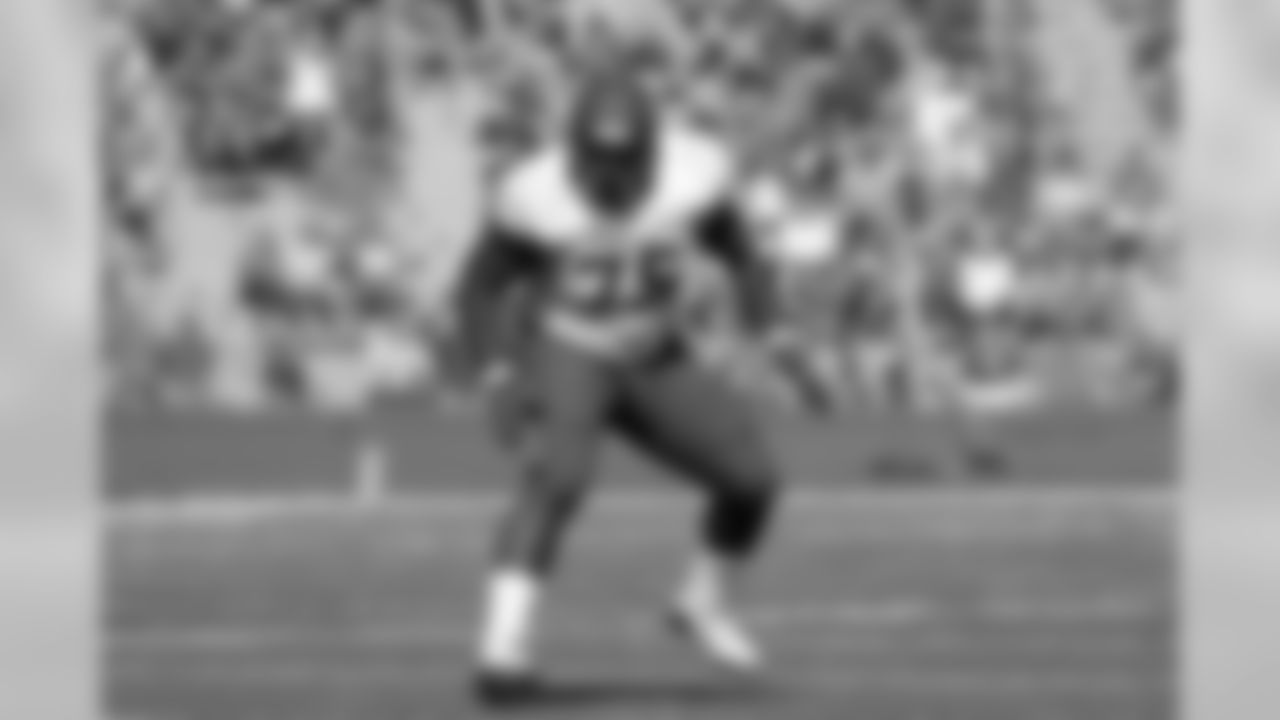
Pick No.27 - Green Bay : Andrew Billings, Baylor. NT
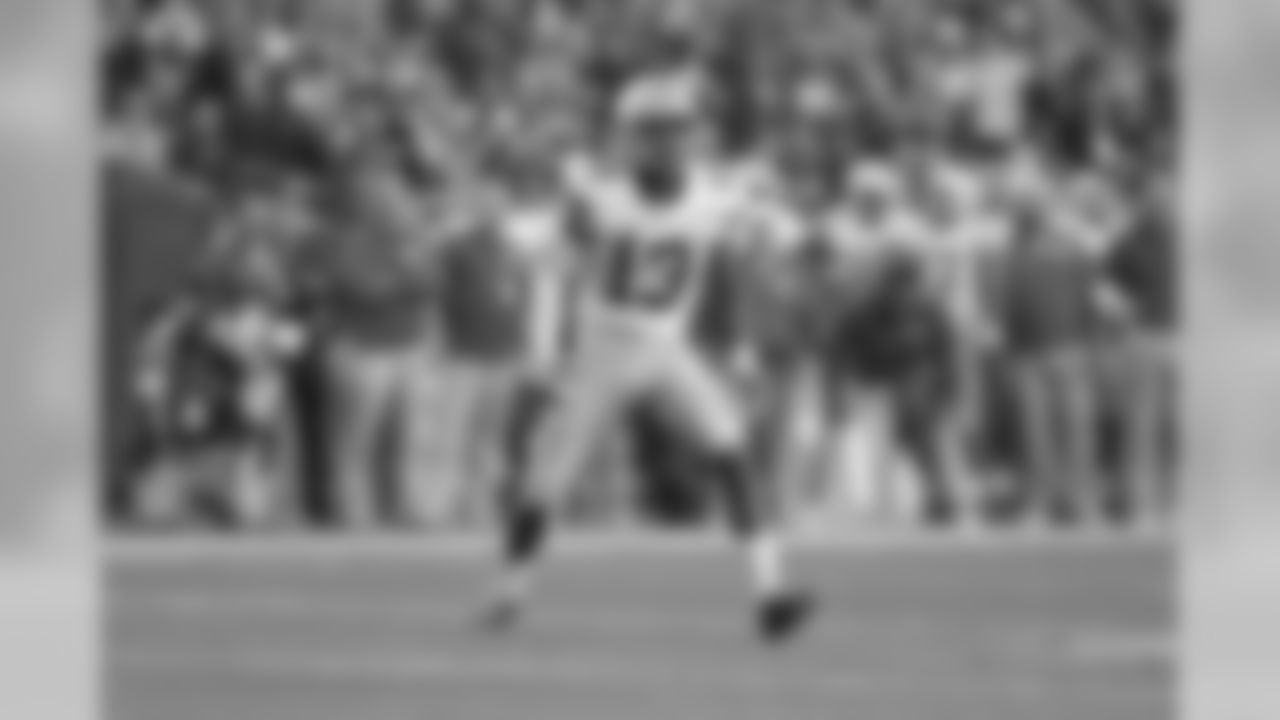
Pick No. 26 - Seattle : Eli Apple, Ohio State. CB
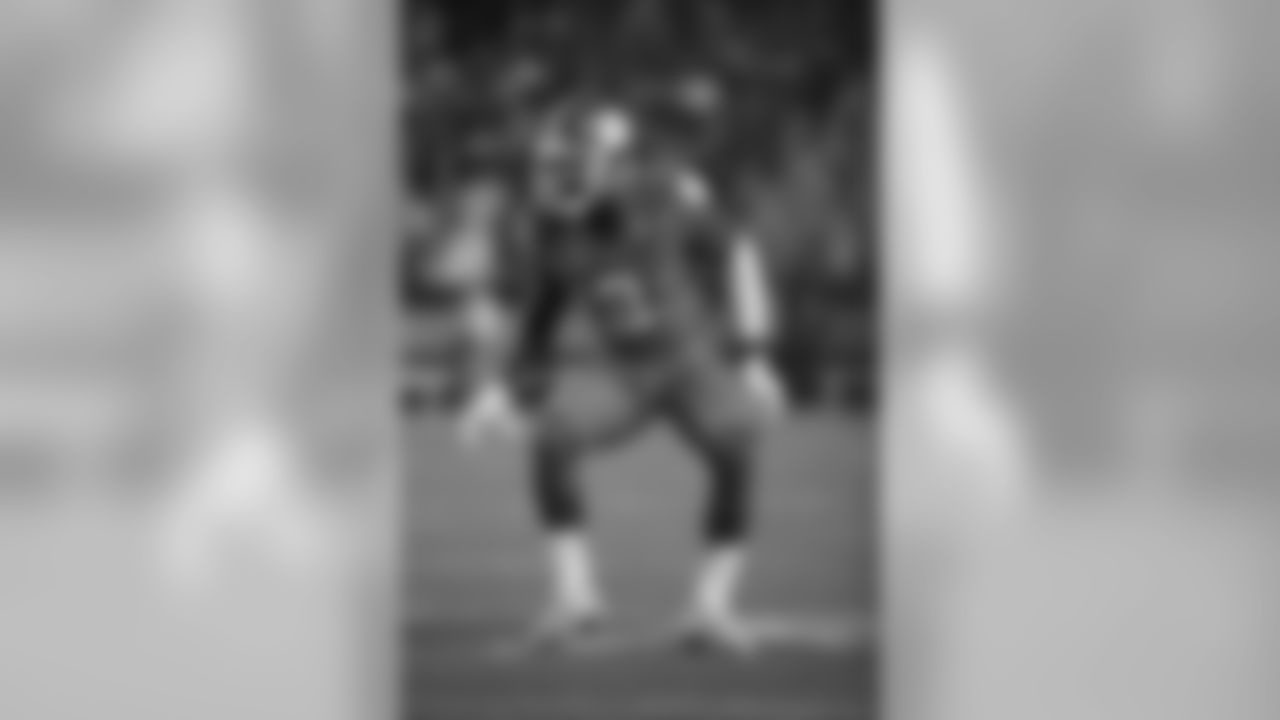
Pick No. 25 - Pittsburg : Mackensie Alexander, Clemson. CB
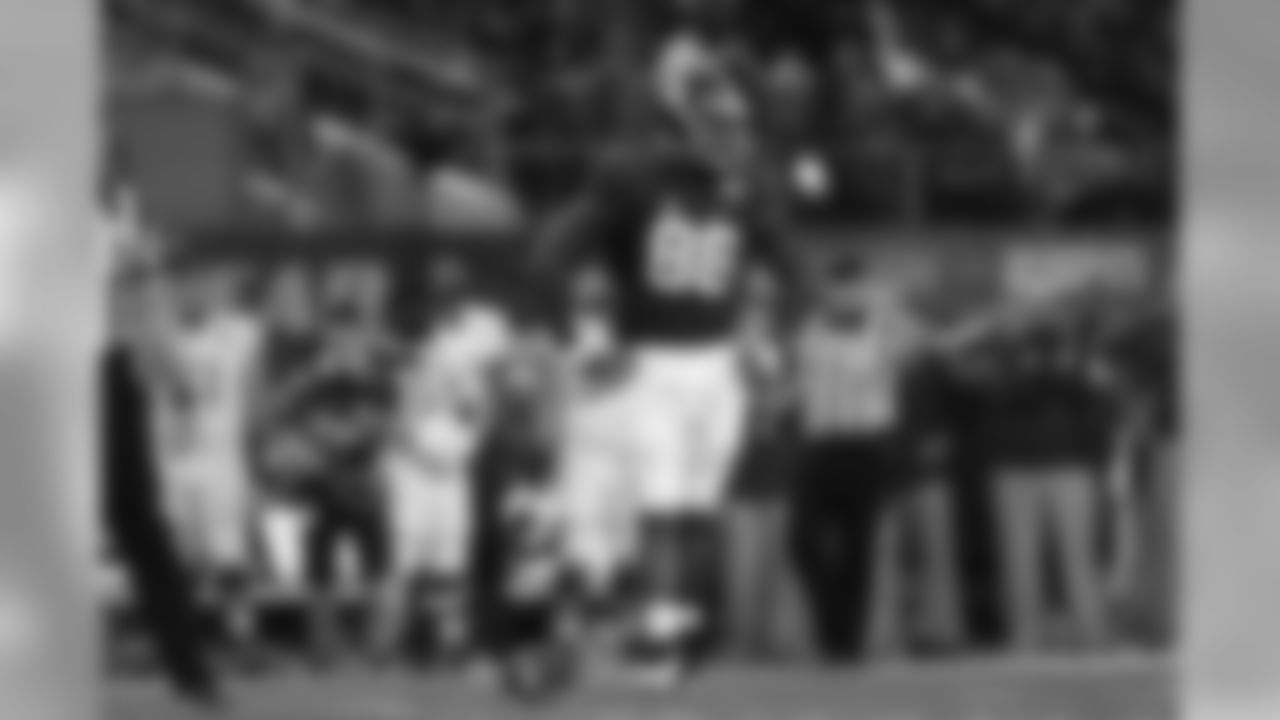
Pick No. 24 -Cincinnati: A'Shawn Robinson, Alabama. DT
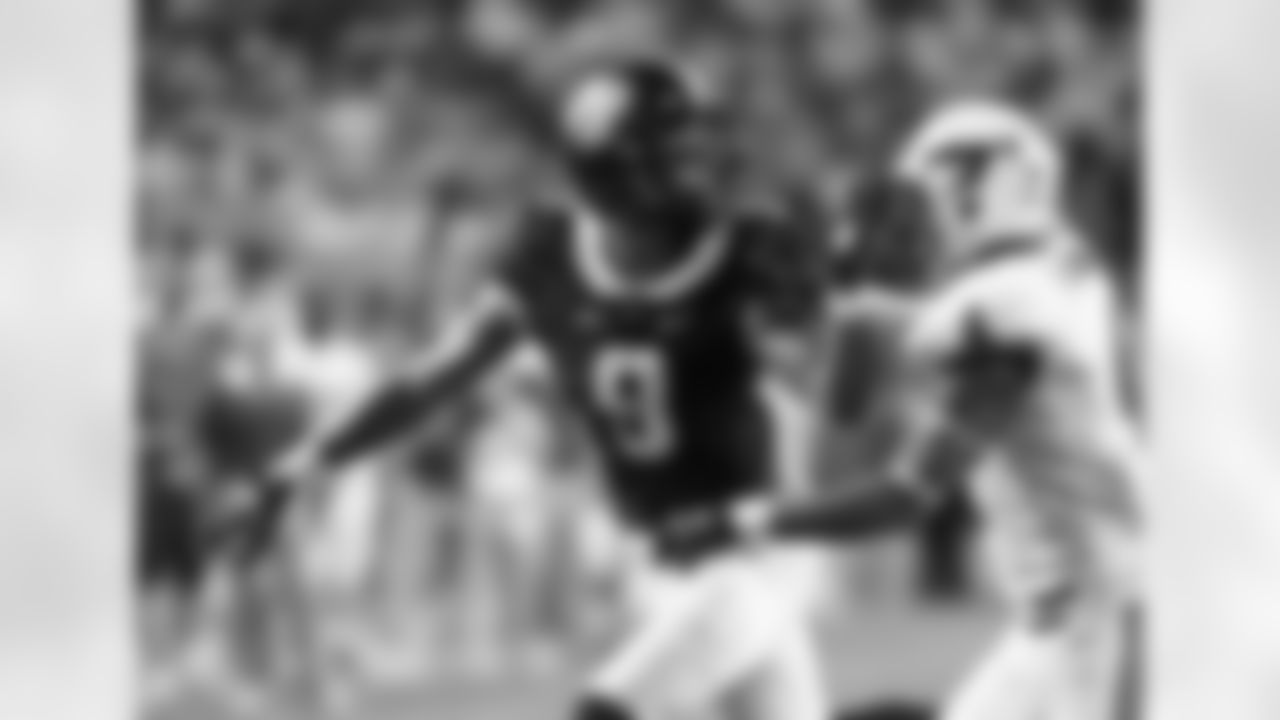
Pick No. 23 - Minnesota: Josh Doctson, TCU. WR

Pick No. 22 - Houston: Will Fuller, Notre Dame. WR
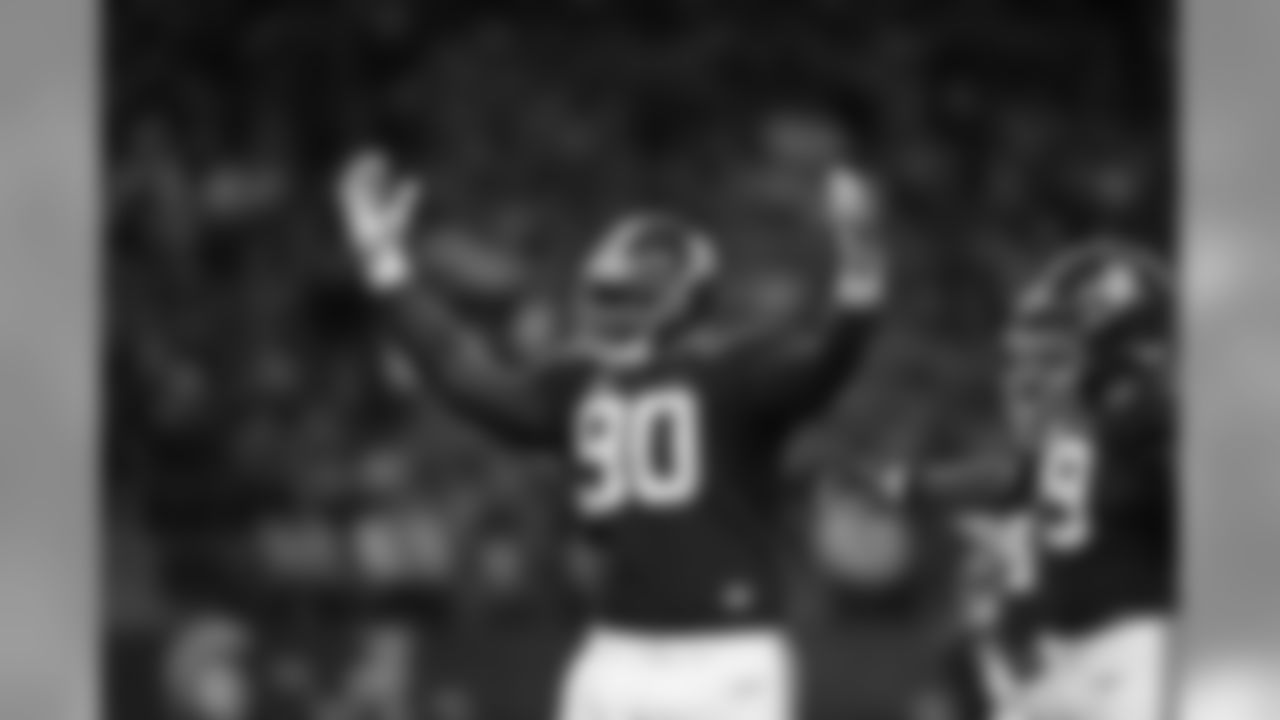
Pick No. 21 - Washington : Jarran Reed, Alabama. DT
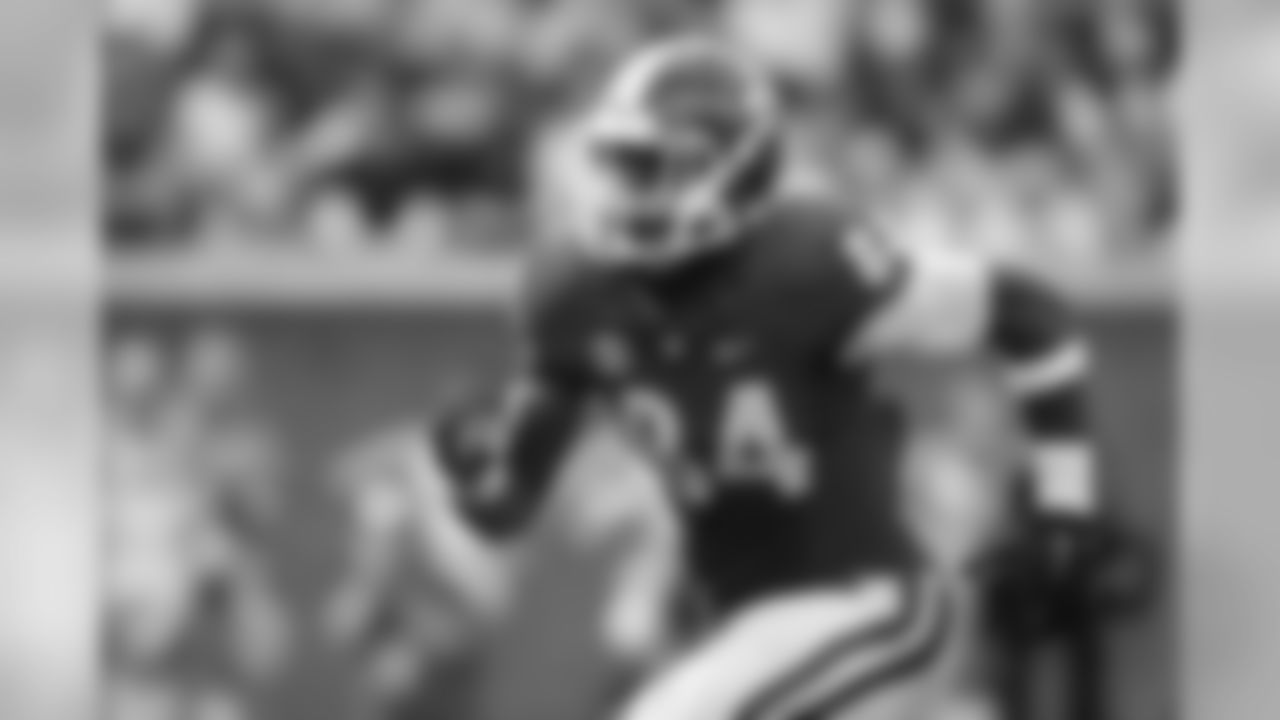
Pick No. 20 - New York Jets : Leonard Floyd, Gerogia. LB
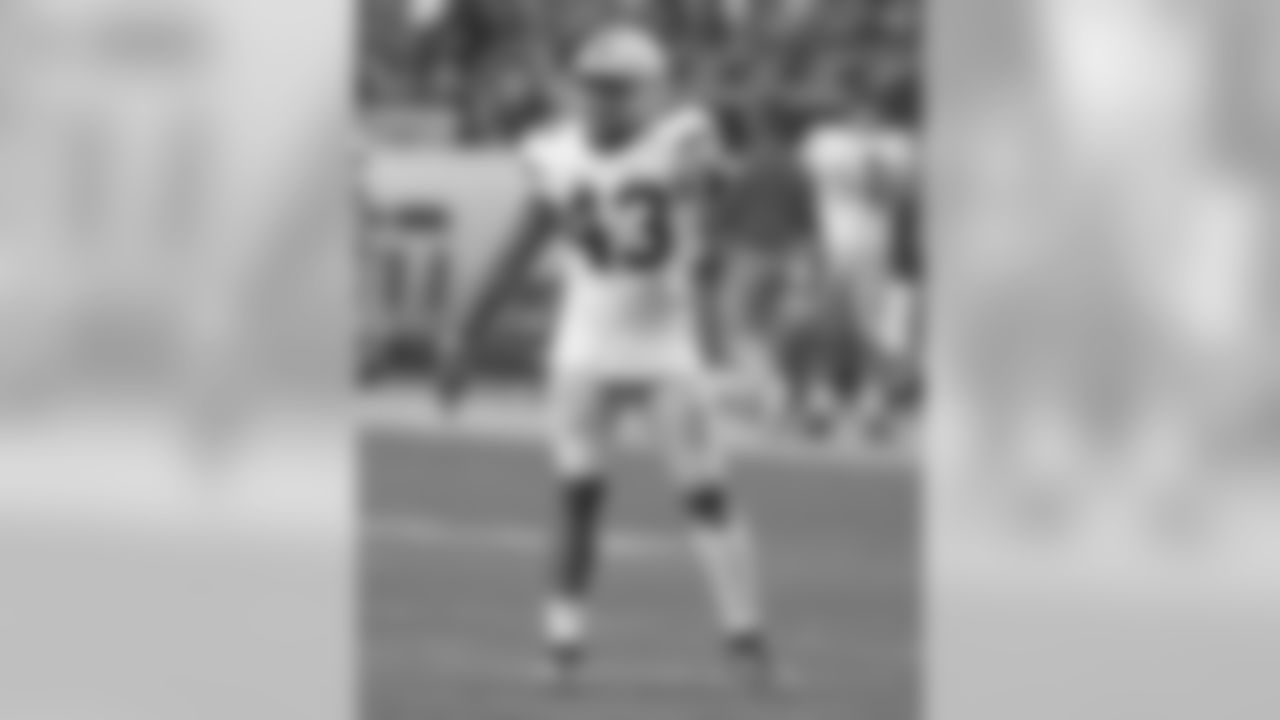
Pick No. 19 - Buffalo : Darron Lee, Ohio State. OLB
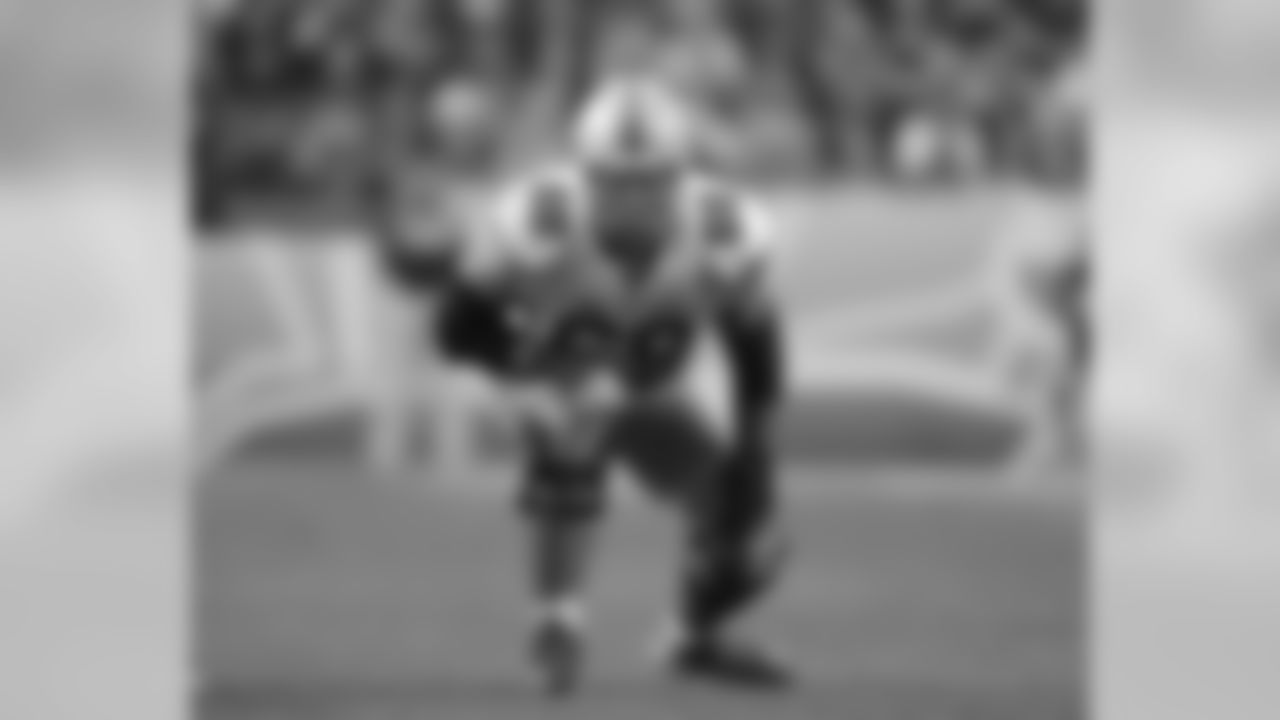
Pick No. 18 - Indianapolis : Taylor Decker, Ohio State. OT
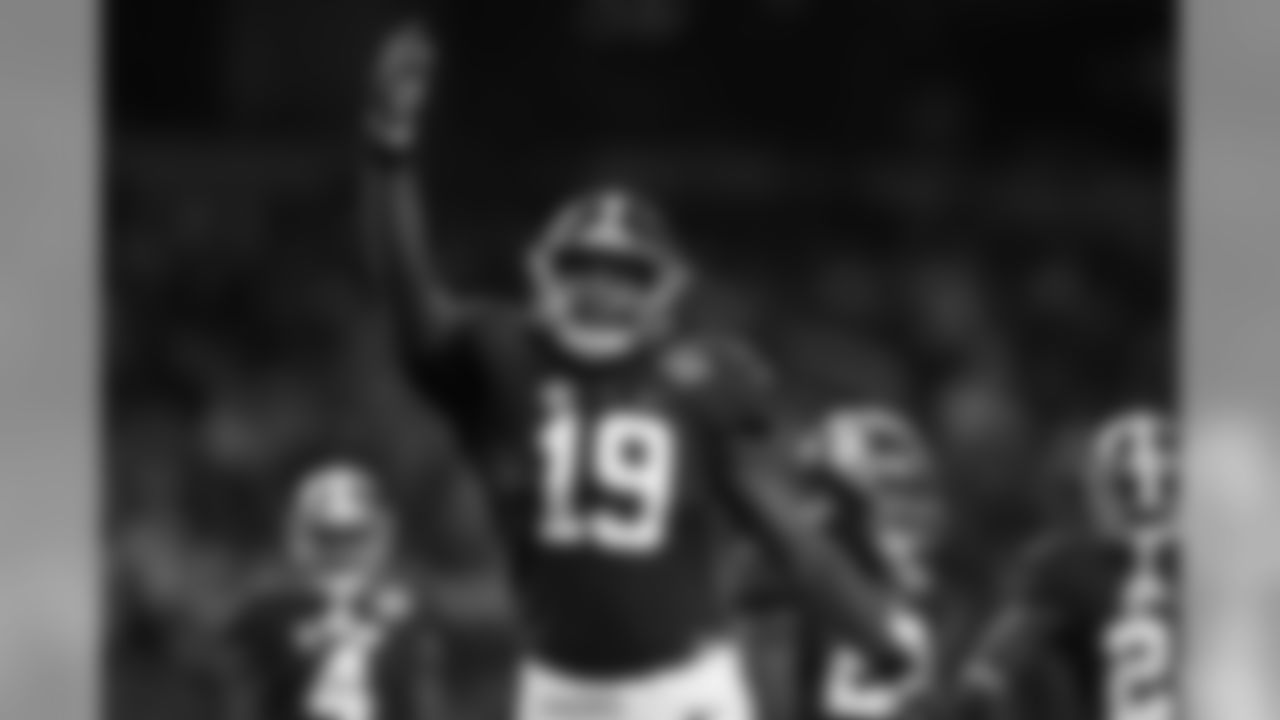
Pick No. 17 - Atlanta: Reggie Ragland, Alabama. ILB
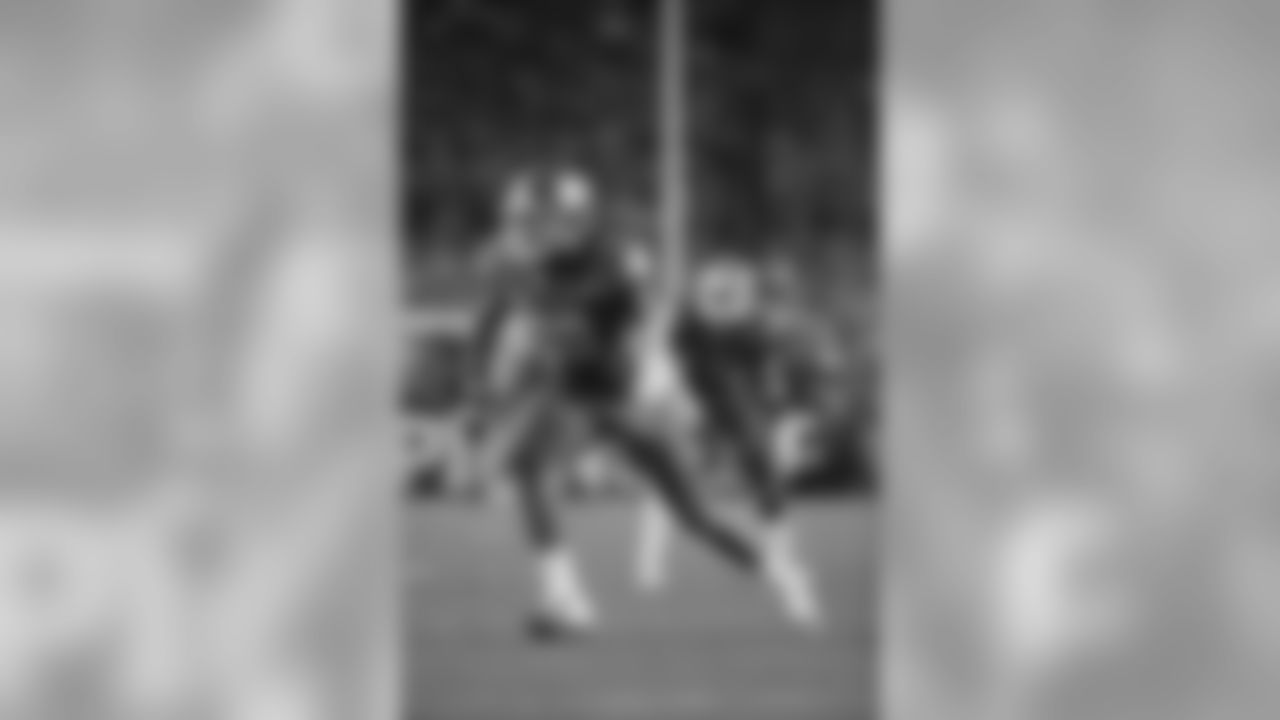
Pick No. 16 - Detrioit : Kevin Dodd, Clemson. DE
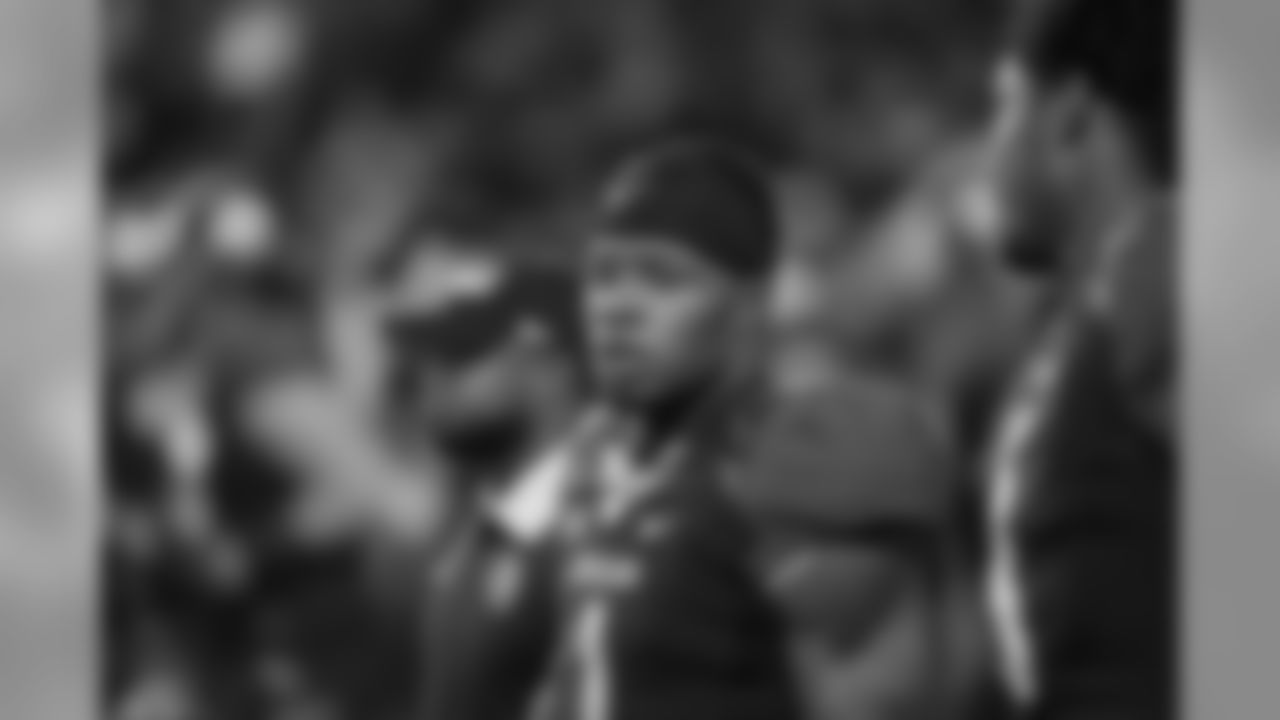
Pick No. 15 - Los Angeles : Corey Coleman, Baylor. WR
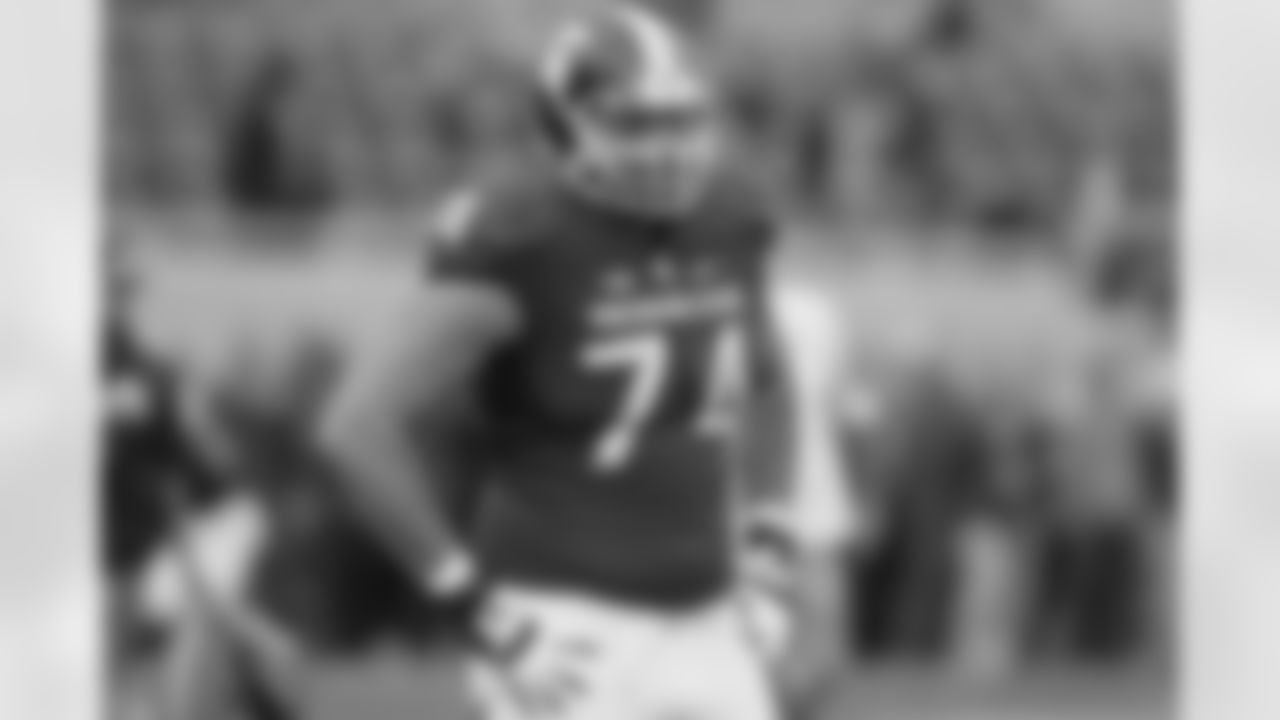
Pick No. 14 - Oakland : Jack Conklin, Michigan State. OT
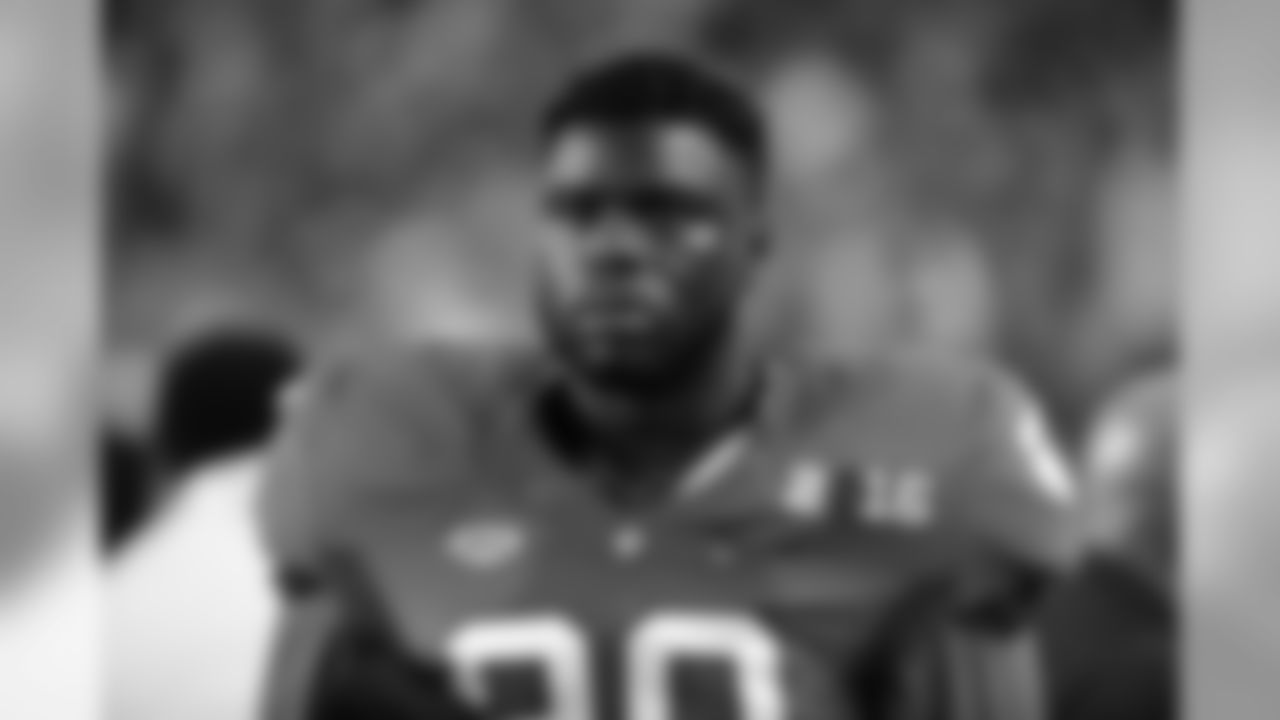
Pick No. 13 - Miami: Shaq Lawson, Clemson. DE
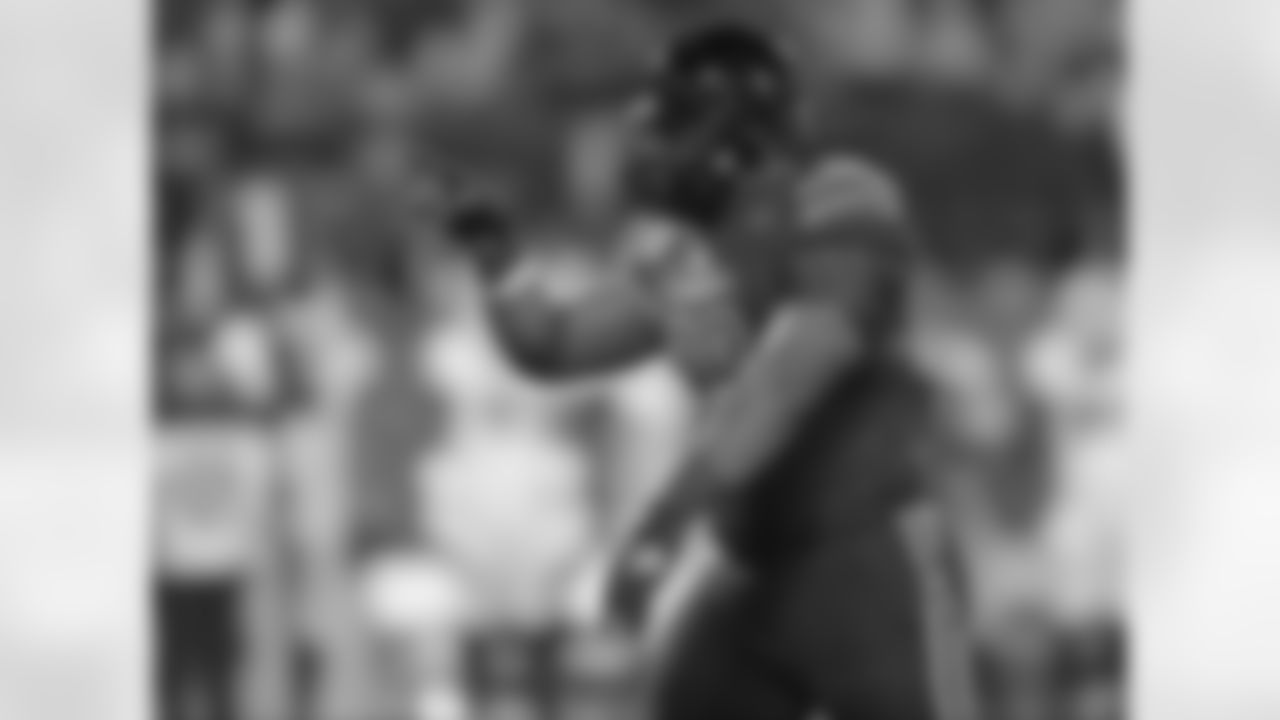
Pick No. 12 - New Orleans : Sheldon Rankins, Louisville. DT
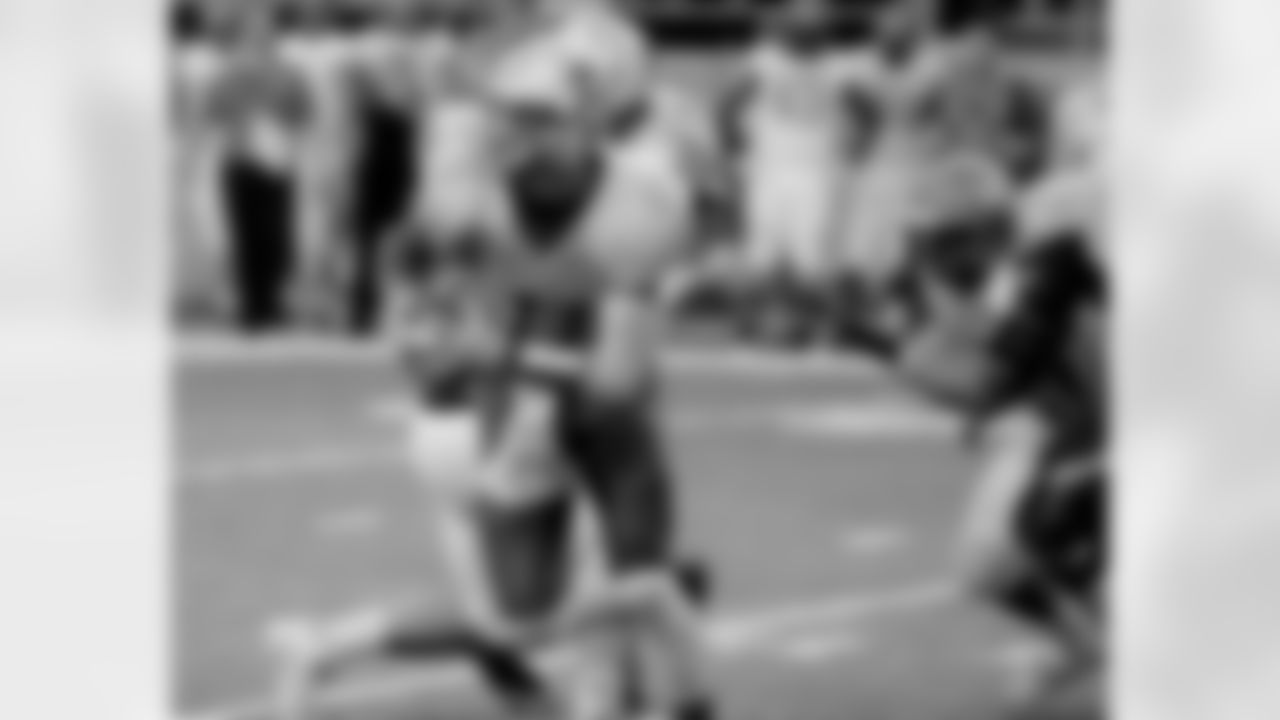
Pick No. 11 - Chicago : Carson Wentz, North Dakota State. QB
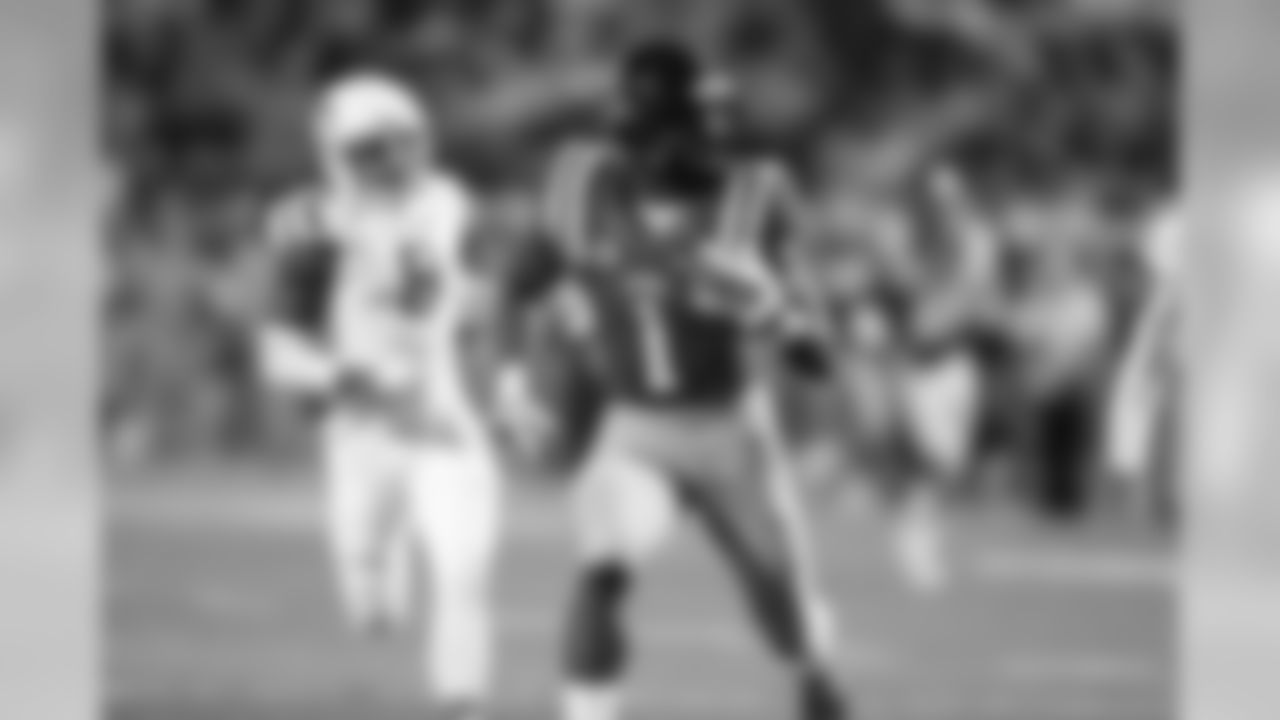
Pick No. 10 - New York Giants: Laquon Treadwell, Mississippi. WR

Pick No. 9 - Tampa Bay: Vernon Hargreaves, Florida. CB
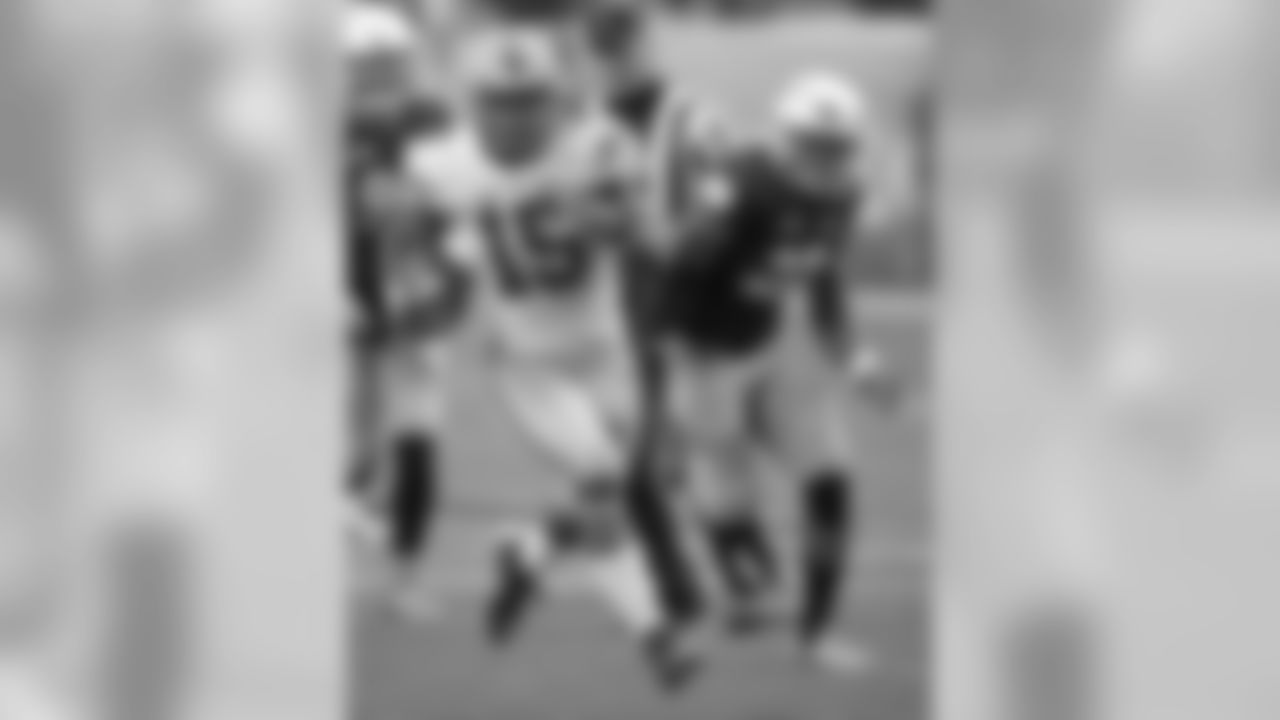
Pick No. 8 - Philadelphia : Ezekiel Elliott, Ohio State. RB
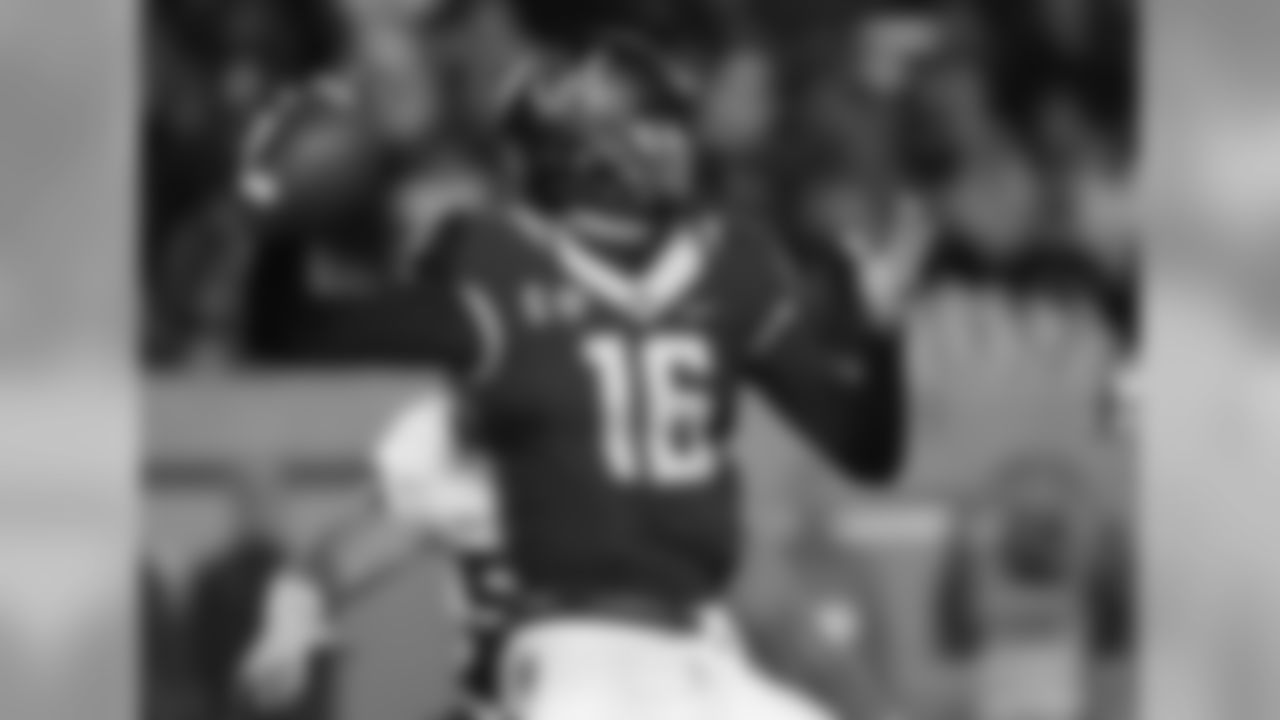
Pick No. 7 - San Francisco : Jared Goff, California. QB

Pick No. 6 - Baltimore : Ronnie Stanley, Norte Dame. OT
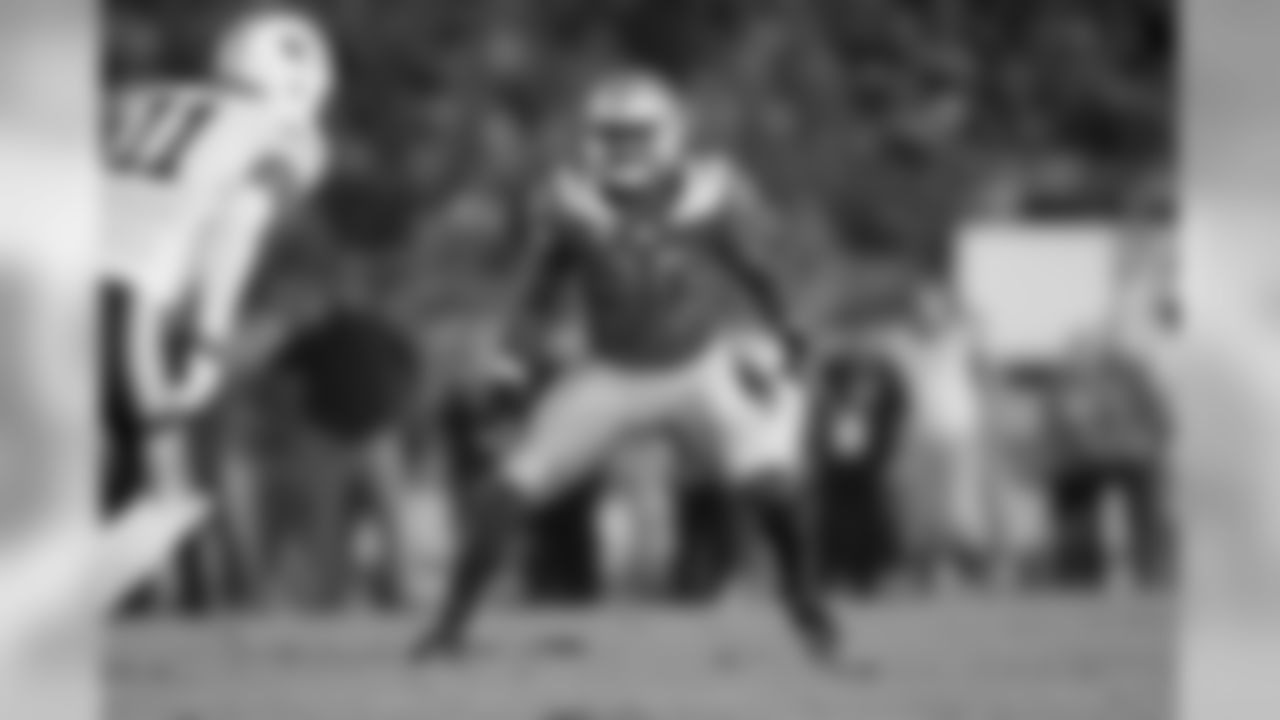
Pick No. 5 - Jacksonville: Myles Jack, UCLA. OLB
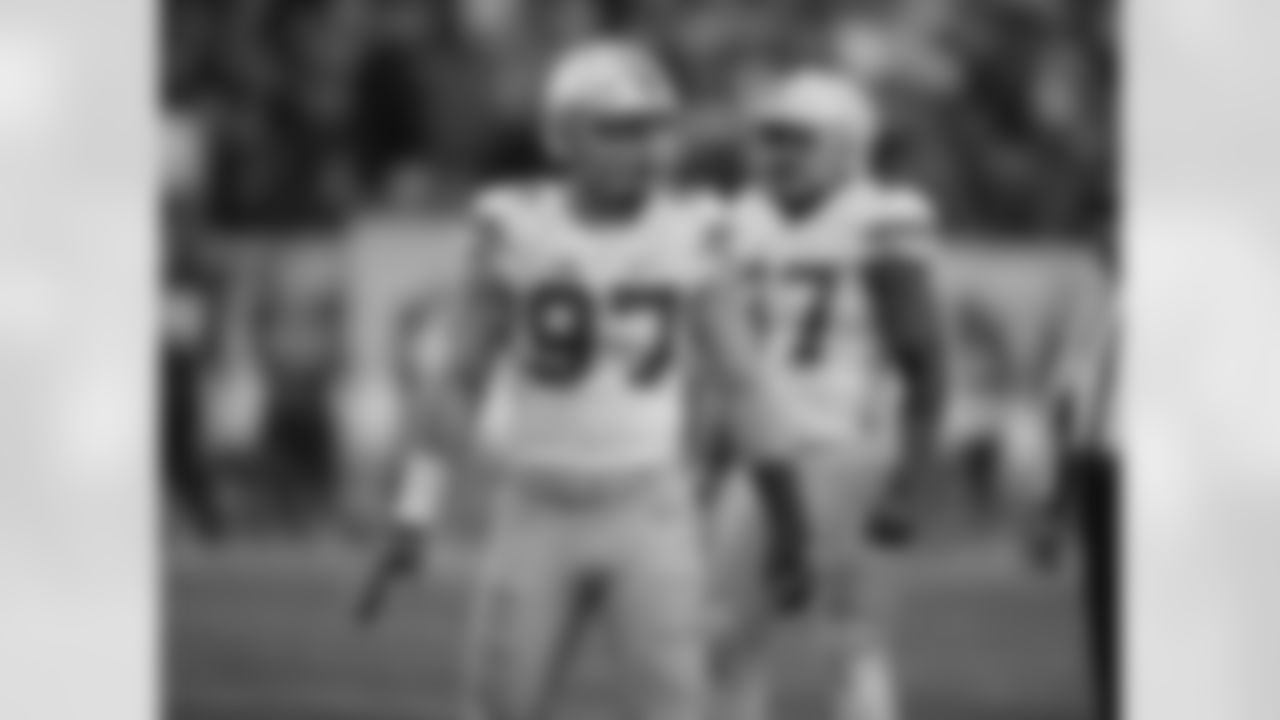
Pick No. 4 - Dallas: Joey Bosa, Ohio State. DE
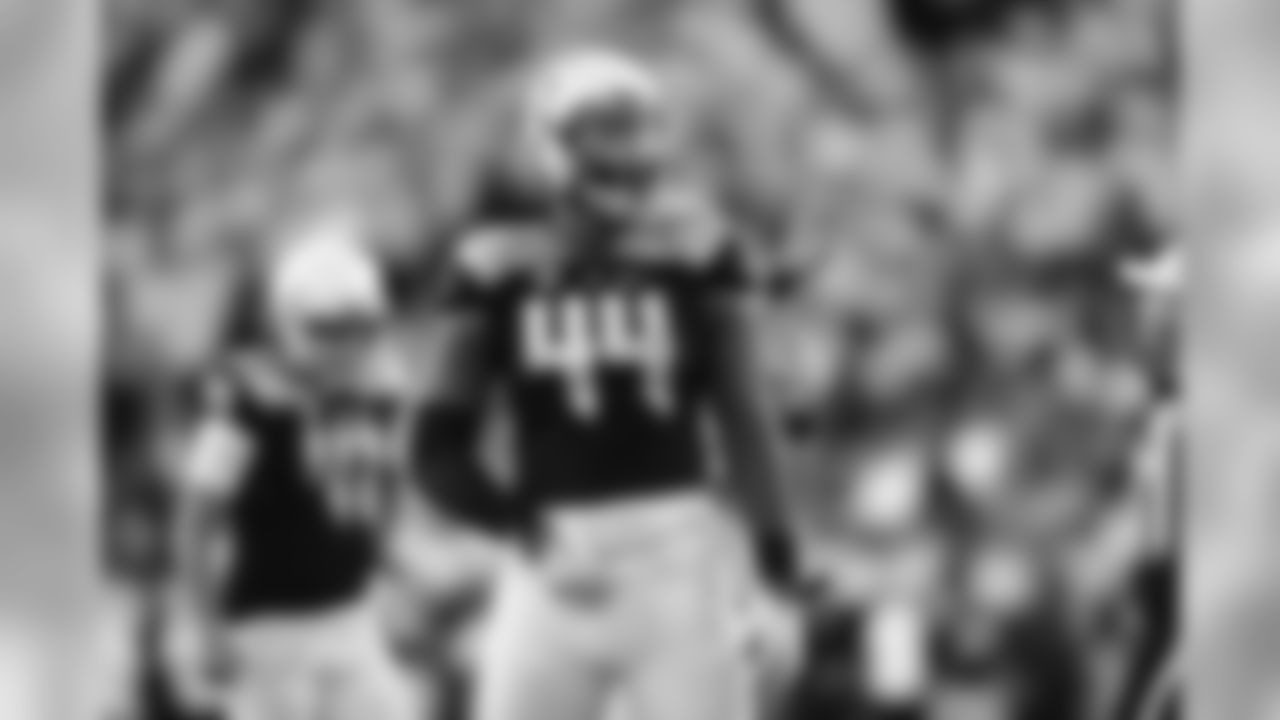
Pick No. 3 - San Diego : Deforest Buckner, Oregon. DE
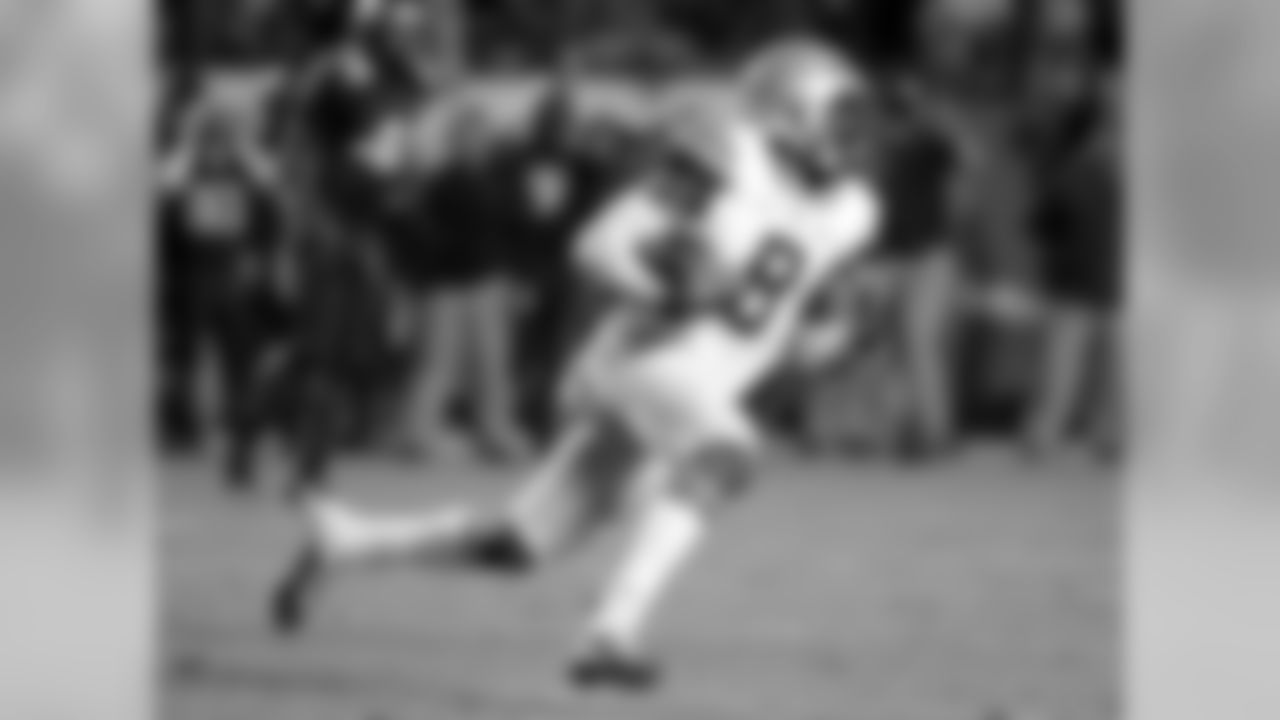
Pick No. 2 - Cleveland : Jalen Ramsey, Florida State. CB
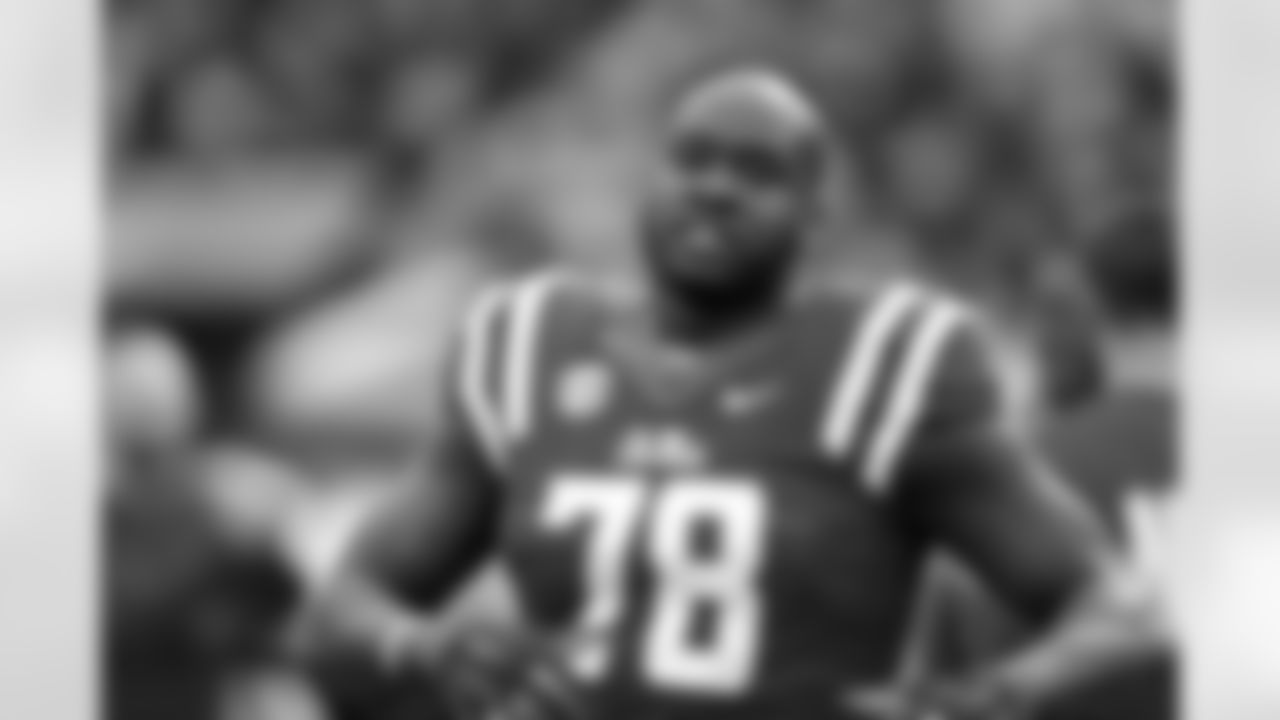
Pick No. 1 - Tennessee: Laremy Tunsil, Mississippi . OT
Even in years when the whole first round is in motion, the teams at #9 have stayed put. In 1997, for instance, nine of the first 13 picks were traded, some of them multiple times, but the Arizona Cardinals stayed out of the fray and simply picked cornerback Tom Knight (unwisely, as it turned out). In 2012, every pick from #2 to #7 was traded but the Panthers kept #9 and used it (wisely) on linebacker Luke Kuechly. Picks seven, eight and 10 were all moved in 2008, but not #9, which the Bengals used on linebacker Keith Rivers.
Last year's draft was the unusual exception to the norm, with none of the first 14 picks changing hands, either before or after the first round commenced. The year before, however, four of the first nine picks were swapped, and for the first time in 18 years, that included #9. The Bills sent that pick plus first and fourth-round picks in 2015 to Cleveland to get up to #4 in order to take wide receiver Sammy Watkins. A little later, the Browns shipped #9 to Minnesota, along with a fifth-round pick, in order to move up one spot for cornerback Justin Gilbert.
As for that #9 pick that was used in a trade down 20 years ago, it netted the then-Houston Oilers a pretty nice haul. Oakland moved up from #17 in order to take tight end Rickey Dudley, adding in second and fourth-round picks. As an aside, Dudley would later play on the Buccaneers' 2002 Super Bowl-winning squad.
So could the Bucs hope to get a similar bounty if they chose to move down eight to 10 spots (and found a way to do so) this year? Well, draft-pick valuations have changed over the years and one trade 20 years ago hardly sets a precedent. It might help to look at trades of picks right around #9. Here are a few examples:
- In 2011, Washington traded down six spots with Jacksonville and picked up an extra second-rounder, 349 overall. The Redskins also still got a valuable player at #16 in edge-rusher Ryan Kerrigan, while the Jaguars swung and missed on quarterback Blaine Gabbert.
- In 2010, San Francisco sent a fourth-round pick to Denver for a little two-pick move from #13 to #11. The 49ers were after tackle Anthony Davis.
- In 2008, the Saints gave up a third-rounder but got a fifth-rounder back in a deal with New England that bumped them from #10 to #7 in order to get defensive tackle Sedrick Ellis. Interestingly, the Saints did a lot better with that fifth-rounder, taking Carl Nicks, than the Patriots did with the extra third, drafting utterly forgettable defensive end Shawn Crable.
- In 2006, the Broncos coughed up a third-round pick to the Rams in order to leap from #15 to #11 and take quarterback Jay Cutler.
- In 2002, Kansas City moved up two spots from #8 to #6, sending a third-rounder and a future sixth-rounder to Dallas. That worked out for the Cowboys, who took five-time Pro Bowl safety Roy Williams after the Chiefs went with defensive tackle Ryan Sims (another future Buccaneer).
- In 2000, Denver roughly did the opposite of their 2006 move, trading down from #10 to #15 with Baltimore, which was after wide receiver Travis Taylor. The Broncos got an extra second-rounder (#45 overall) and took cornerback Deltha O'Neal at the 15th pick.
That's still not a huge sample size of relatable trades, but it does offer some idea of what the Buccaneers might be able to gain/have to give up, in order to make a deal. A move of a couple spots down could net a fourth-rounder, for instance, while a slightly more aggressive trade of eight to 10 spots should be good enough for at least an extra second-round pick.
In a draft that is considered relatively deep but not particularly top-heavy, the Buccaneers or any other team trying to move down for extra assets may have trouble finding a partner. Still, by hitting some very specific needs in the early days of free agency, the Buccaneers have made it much easier to at least pursue such options.






















